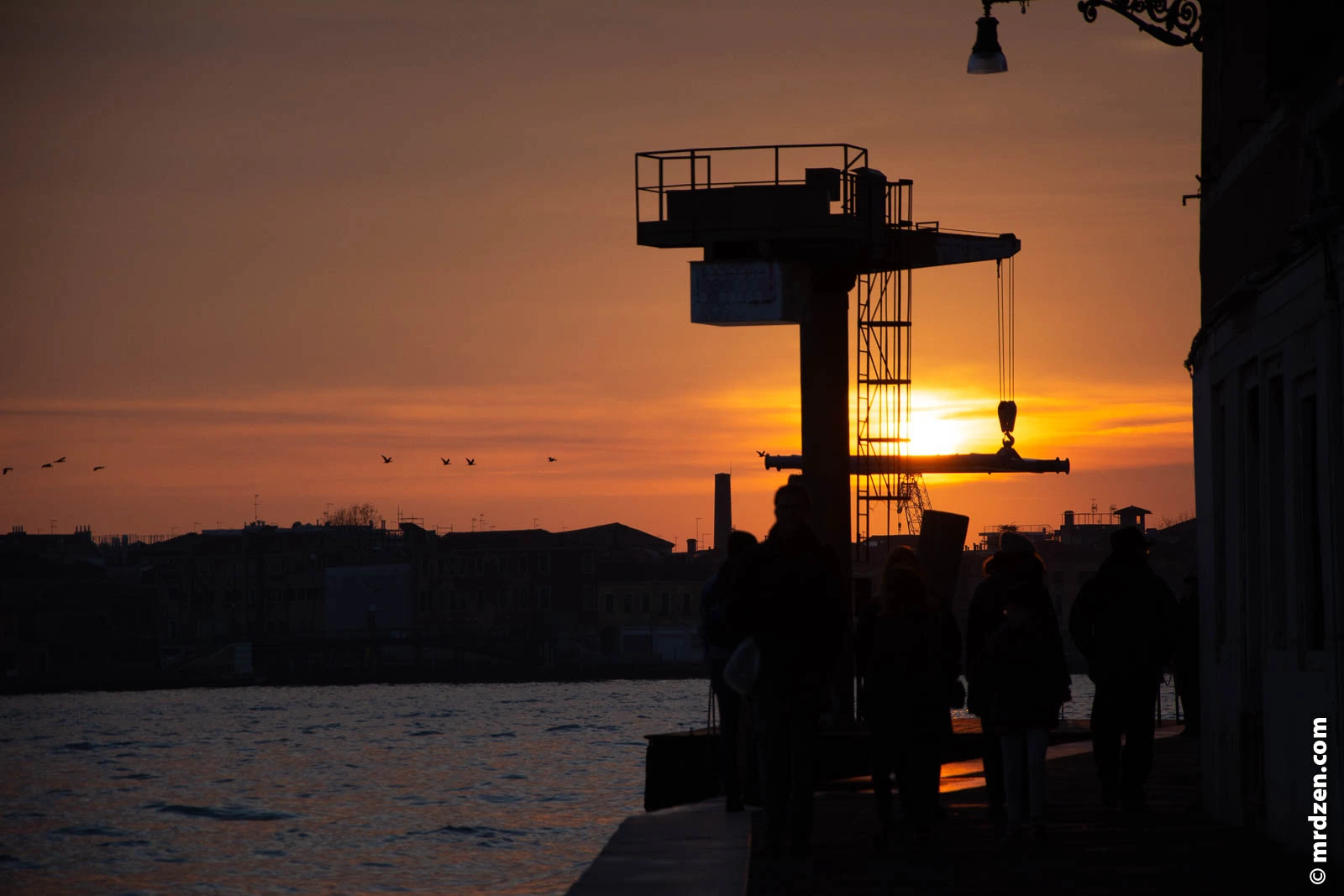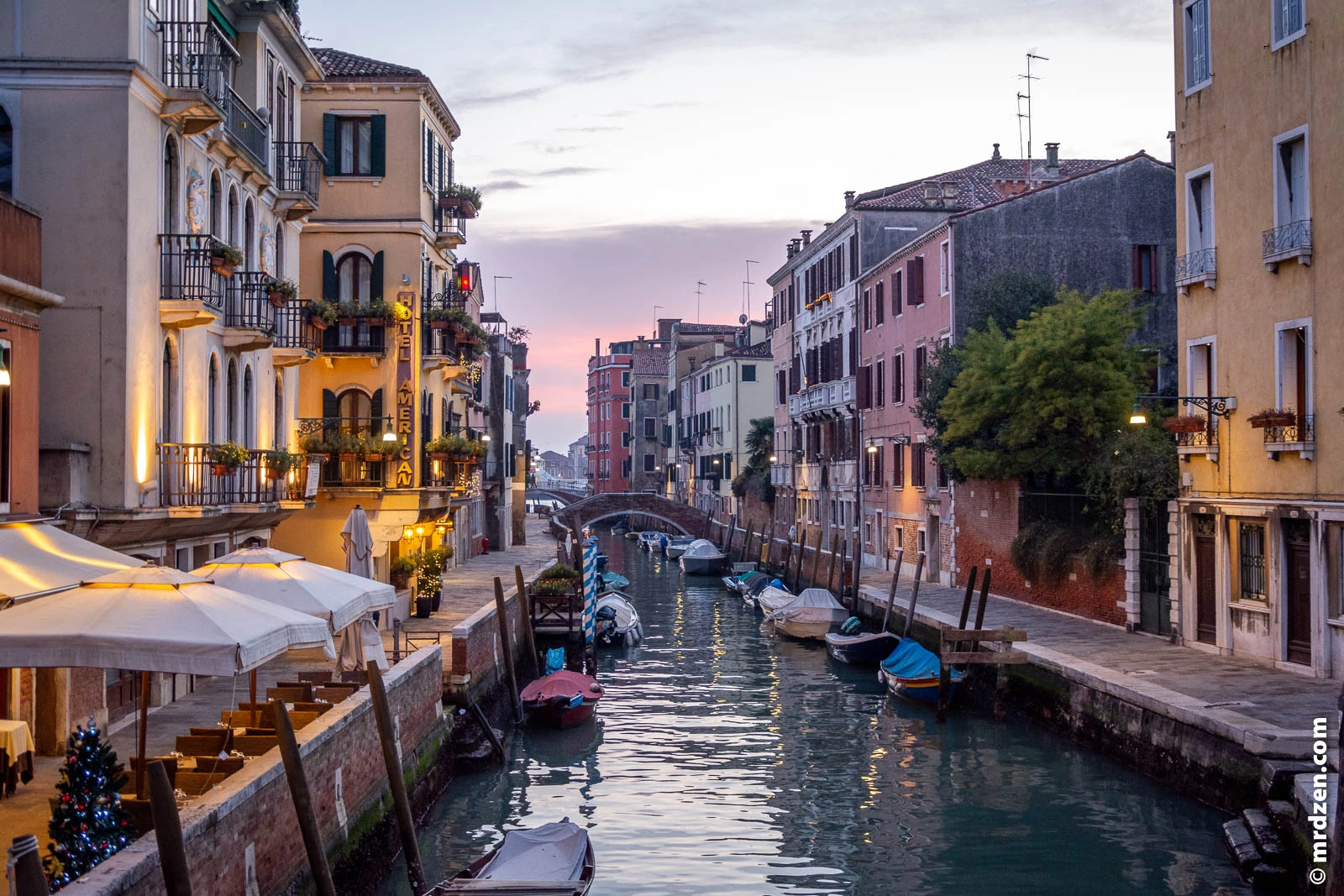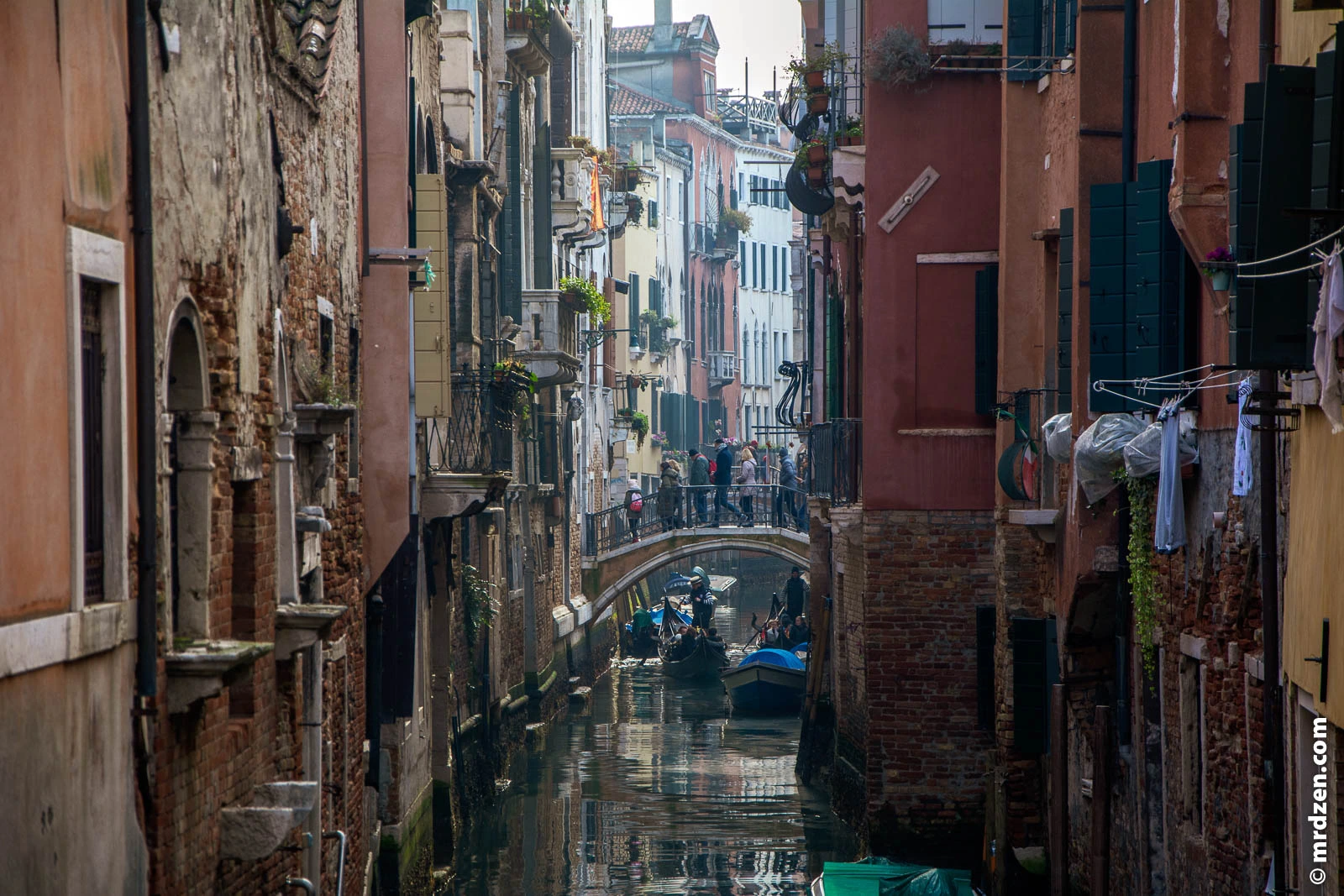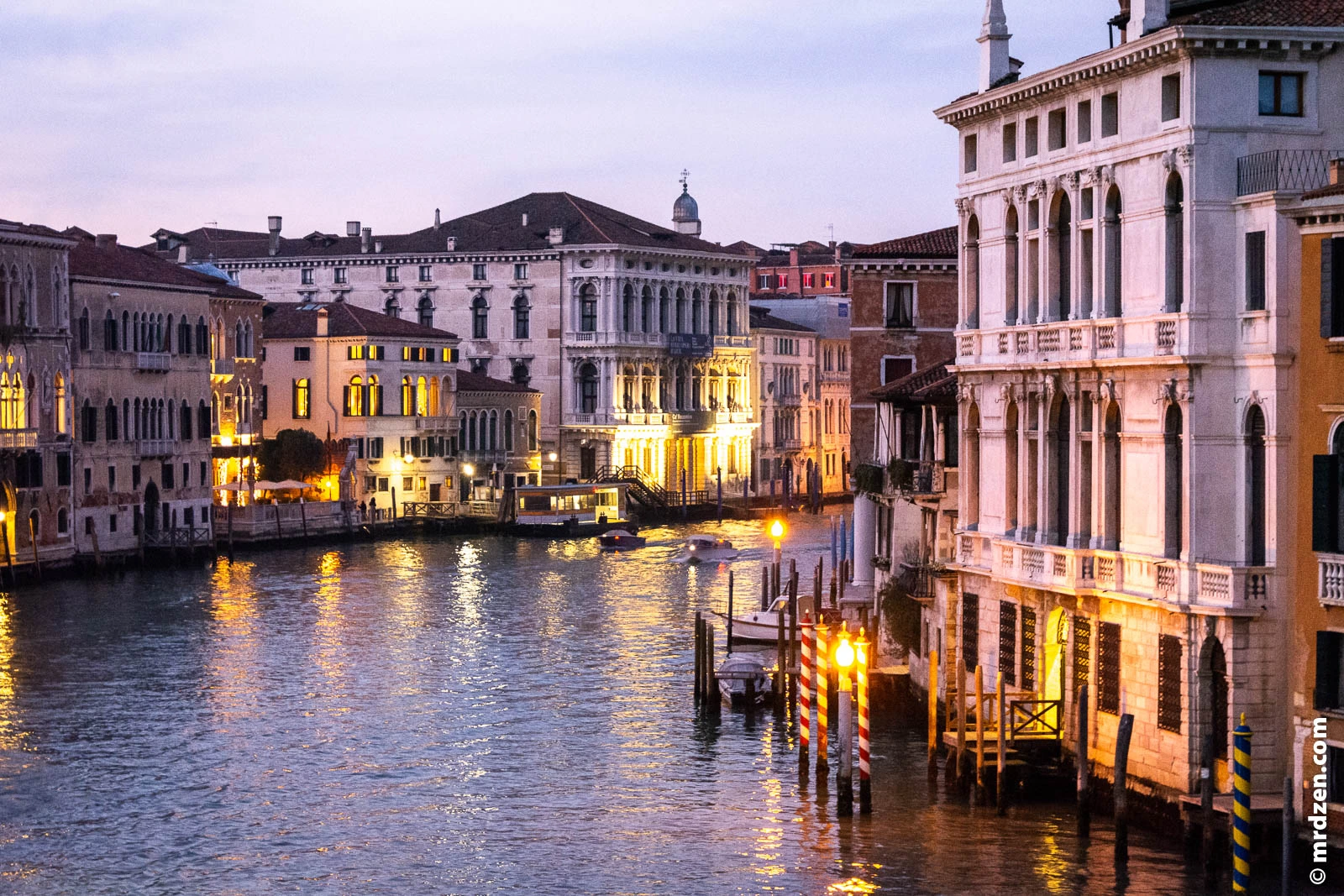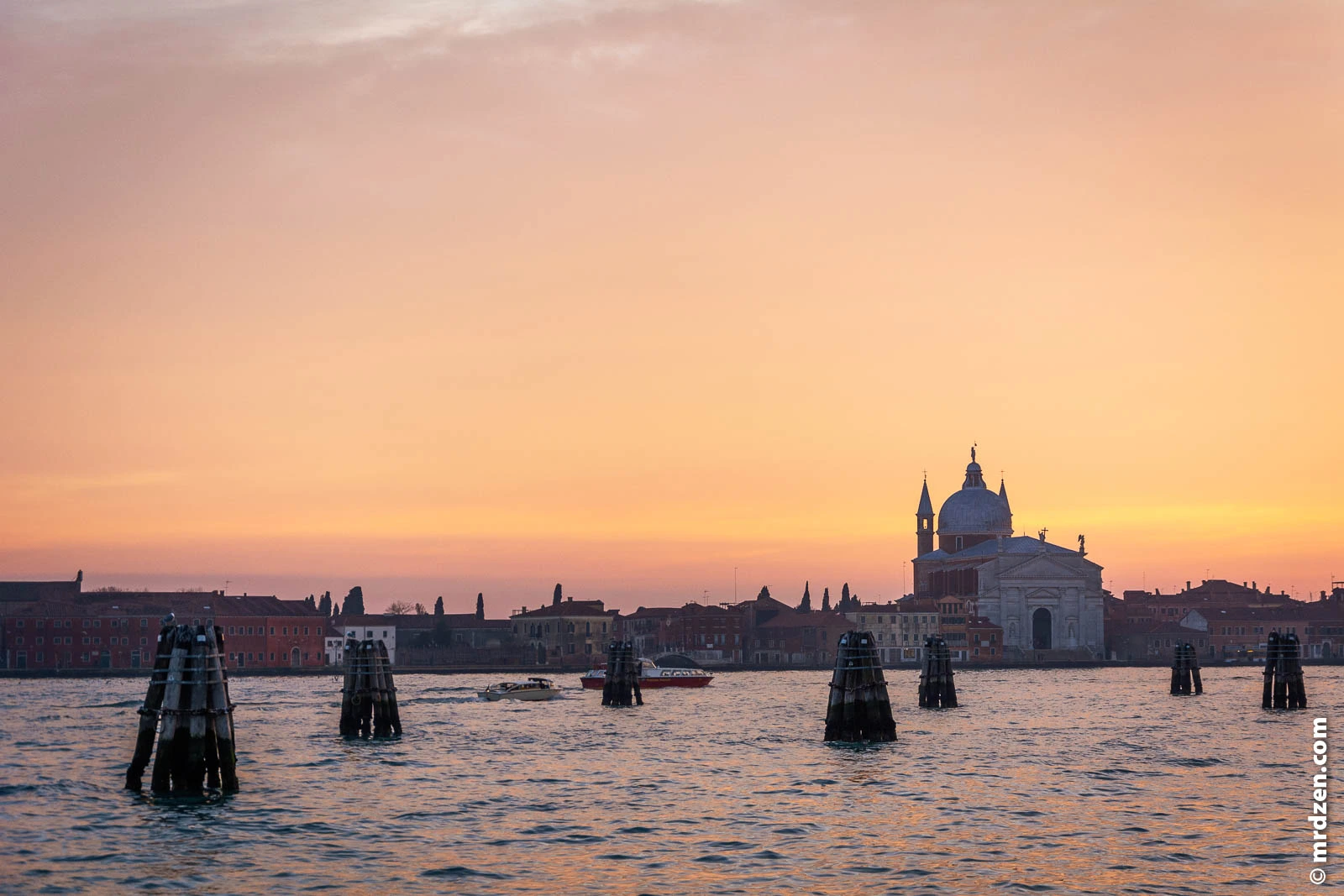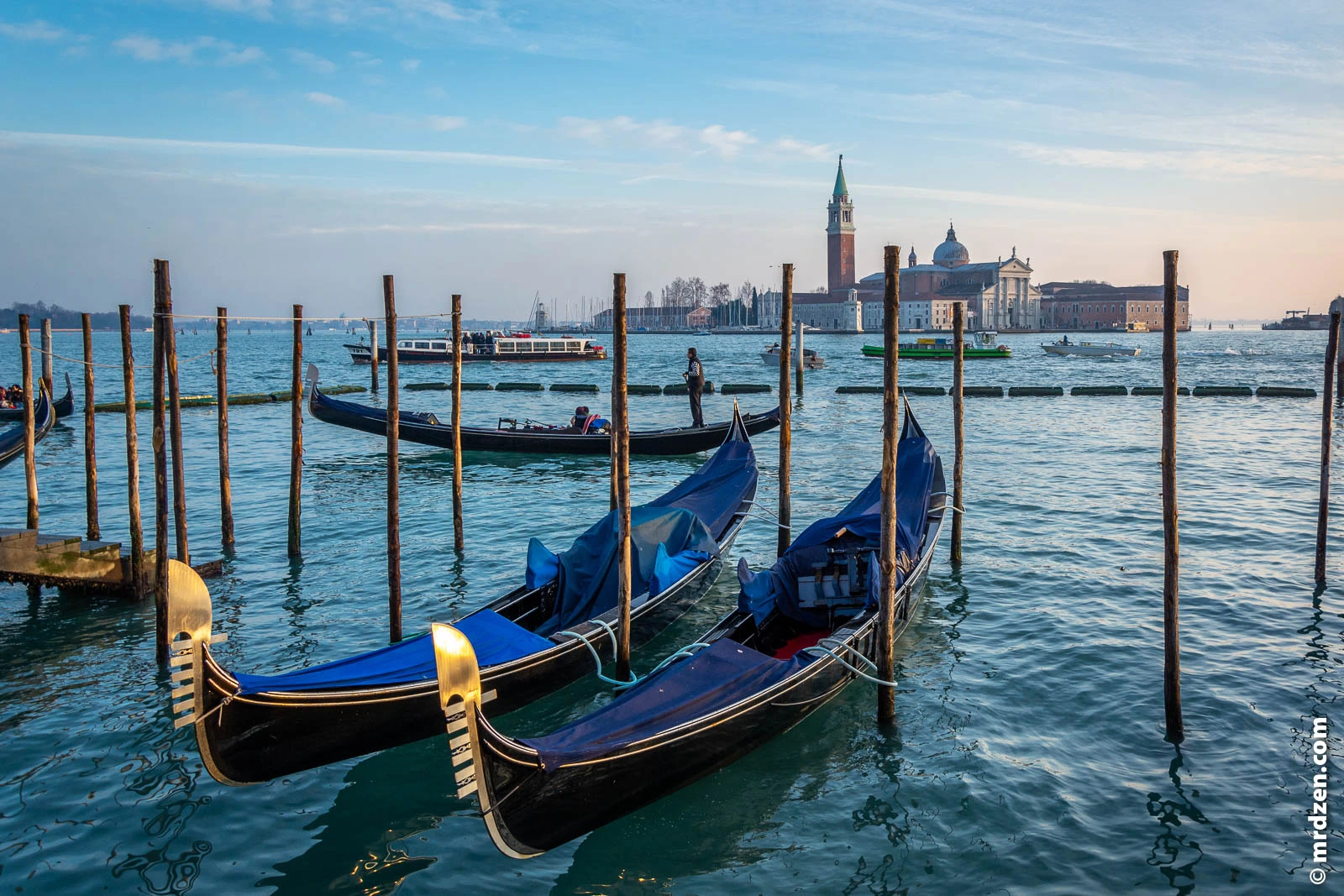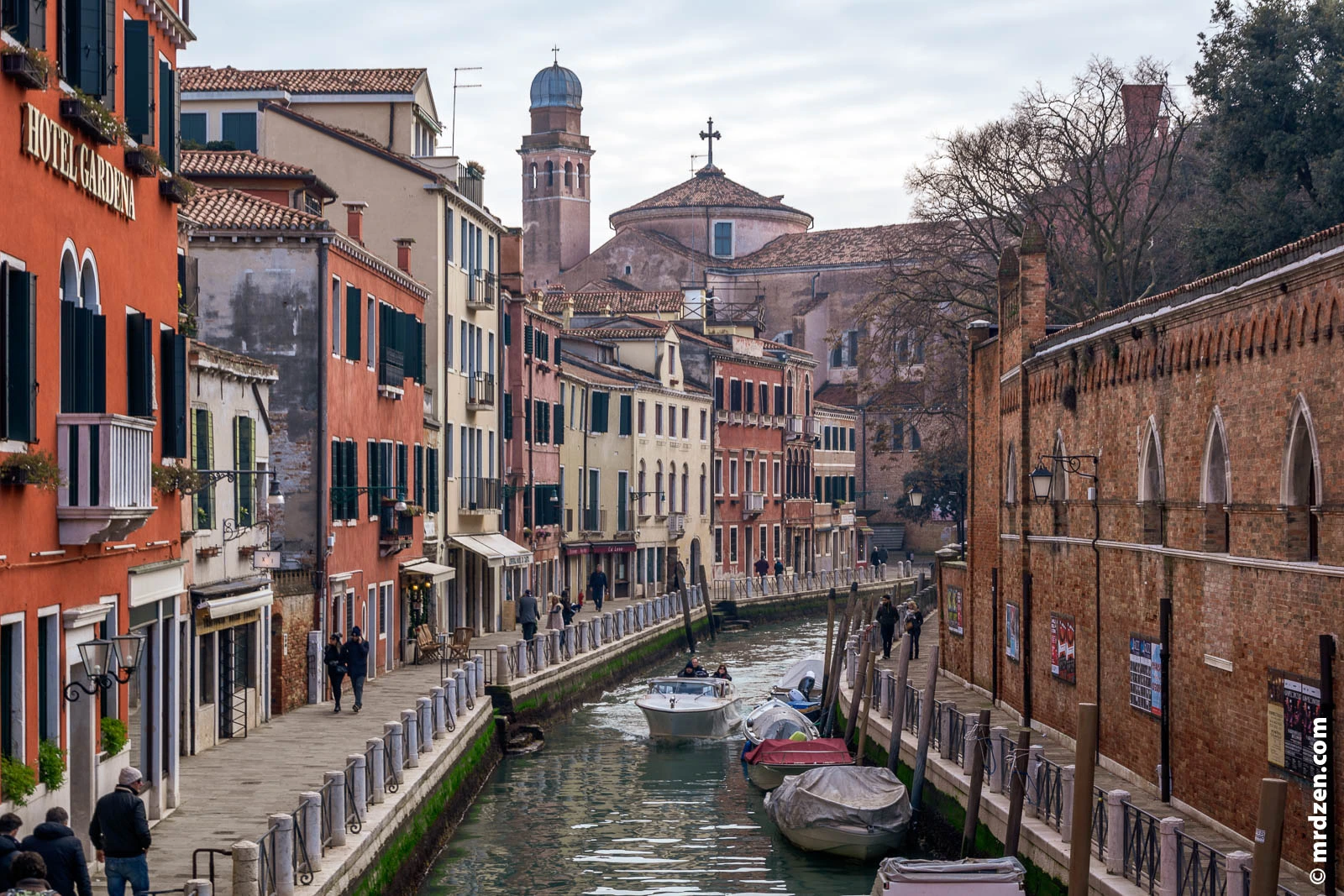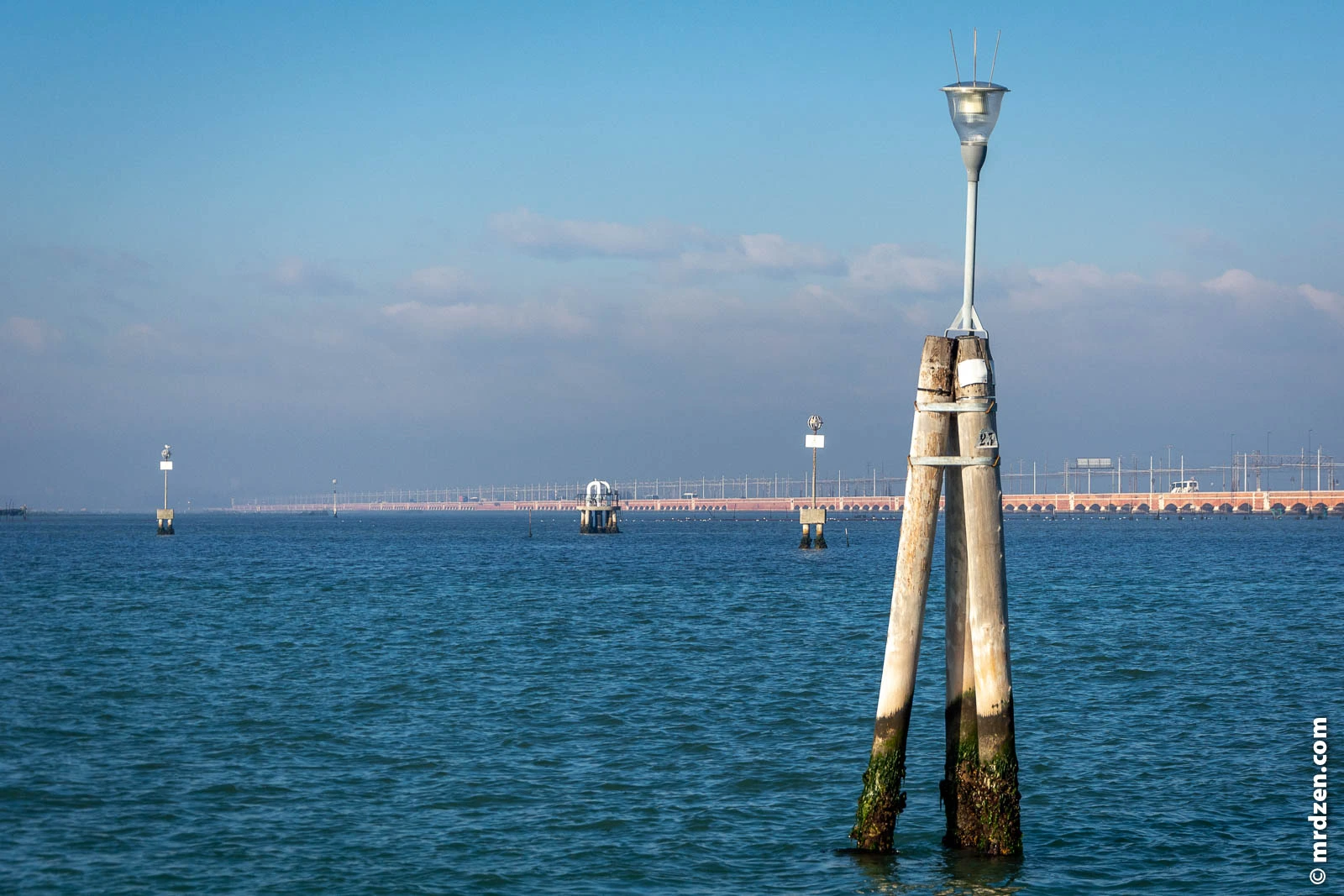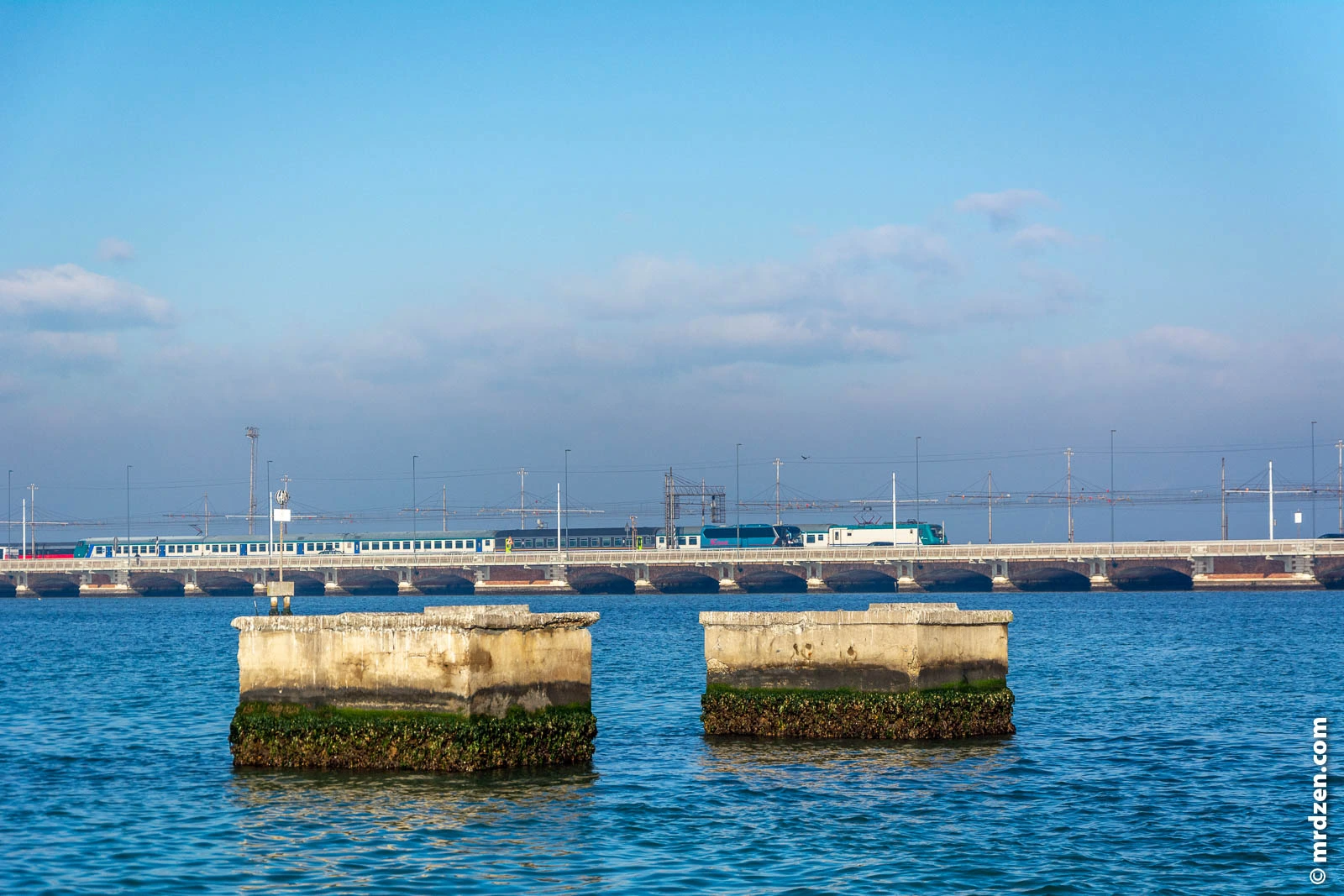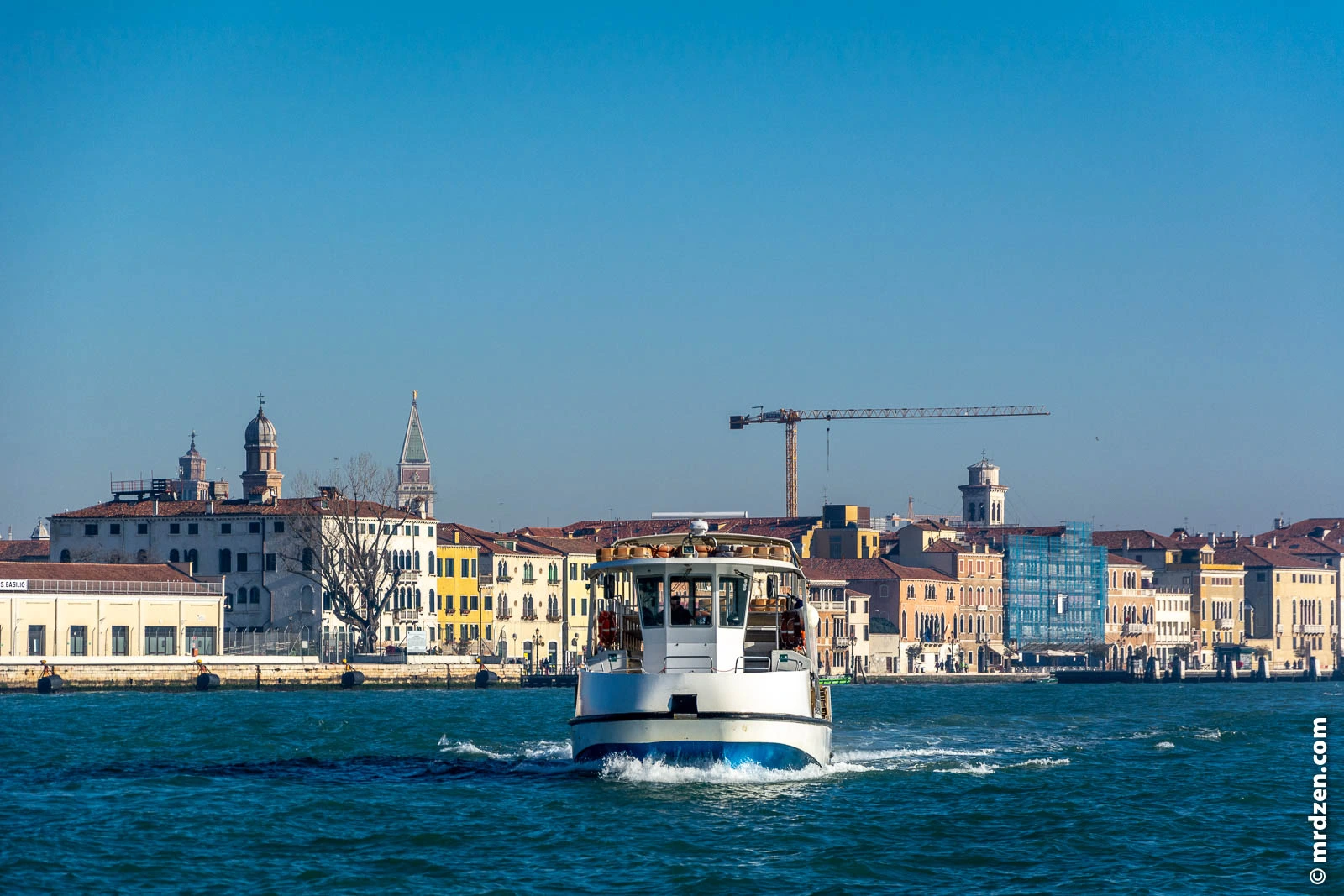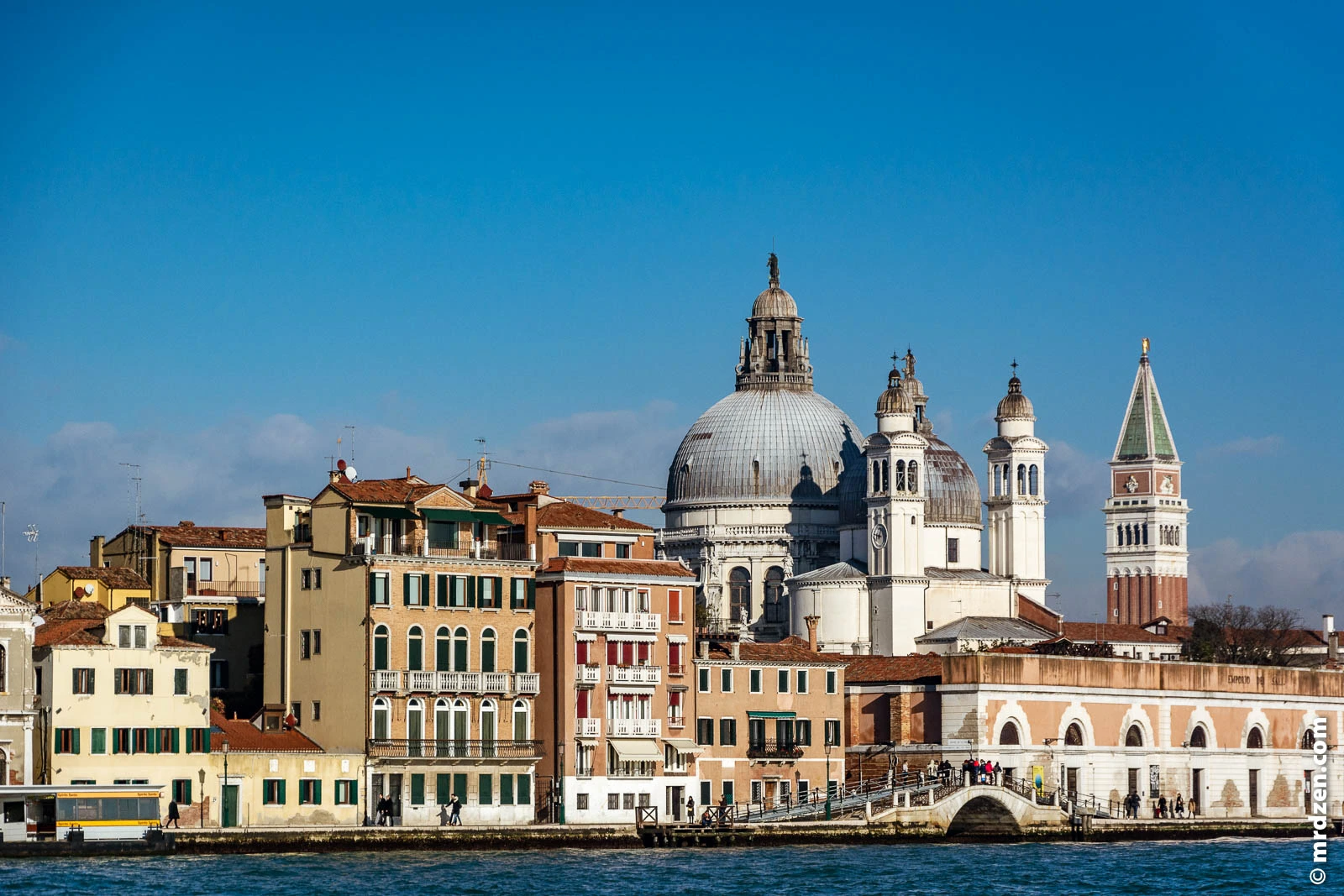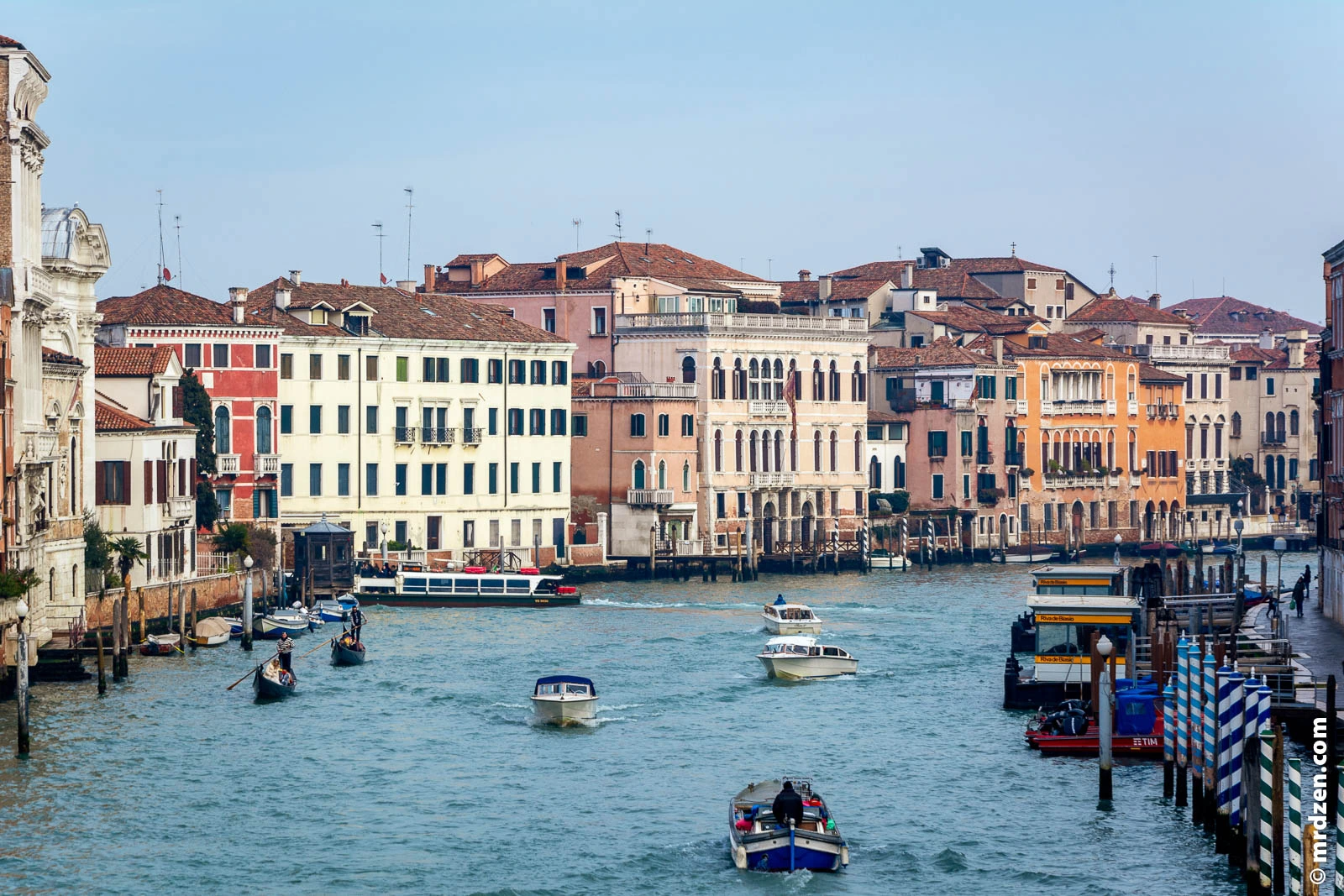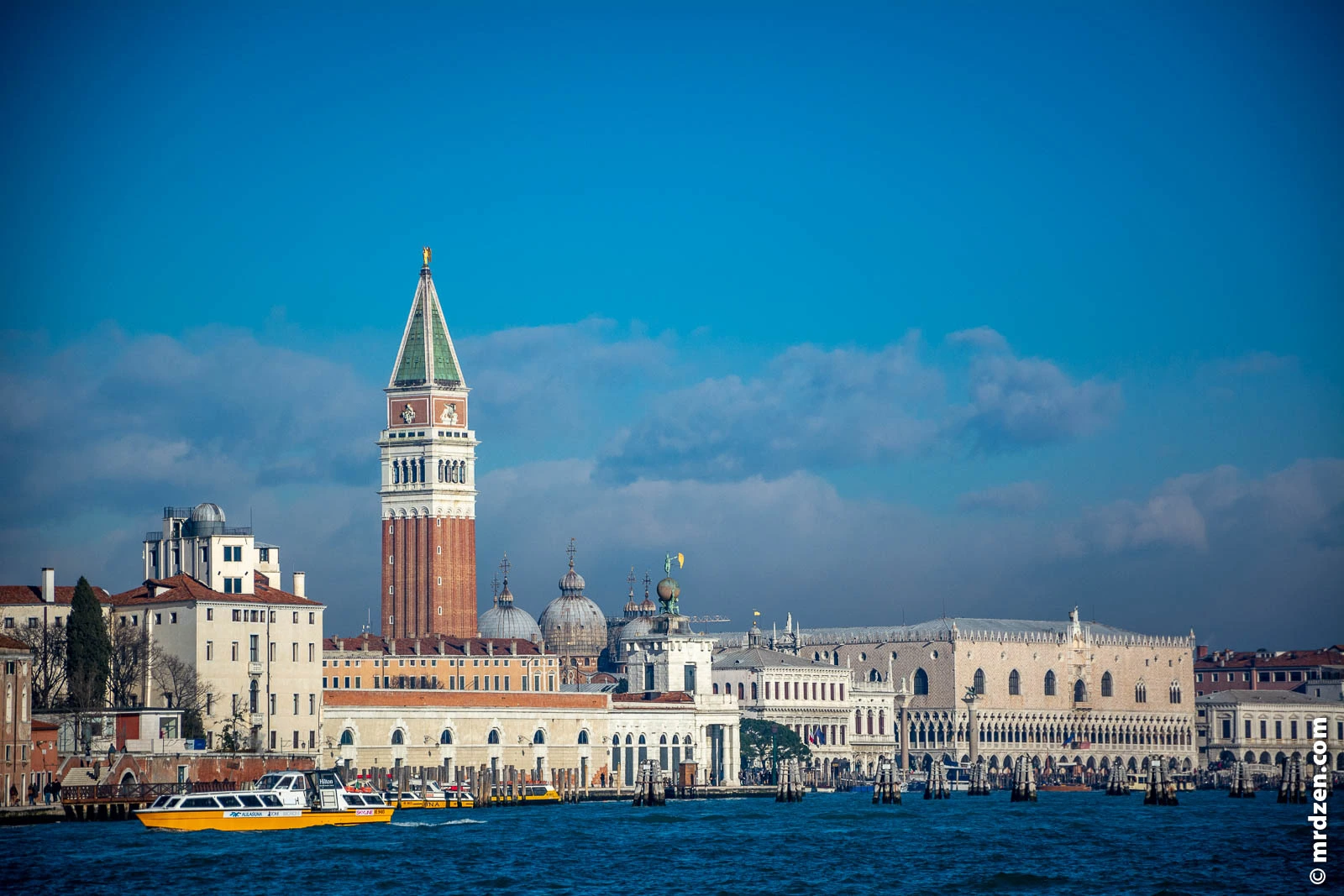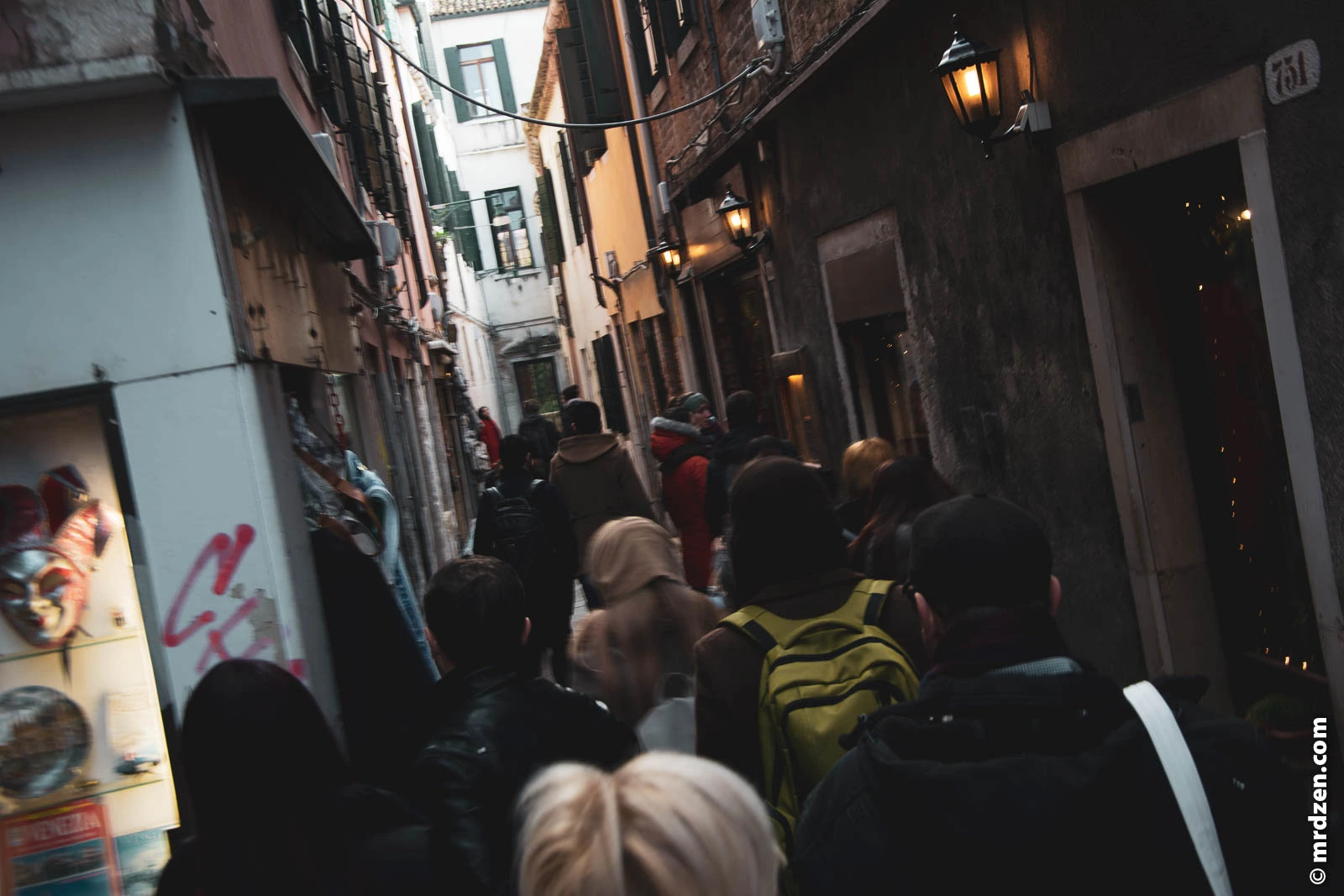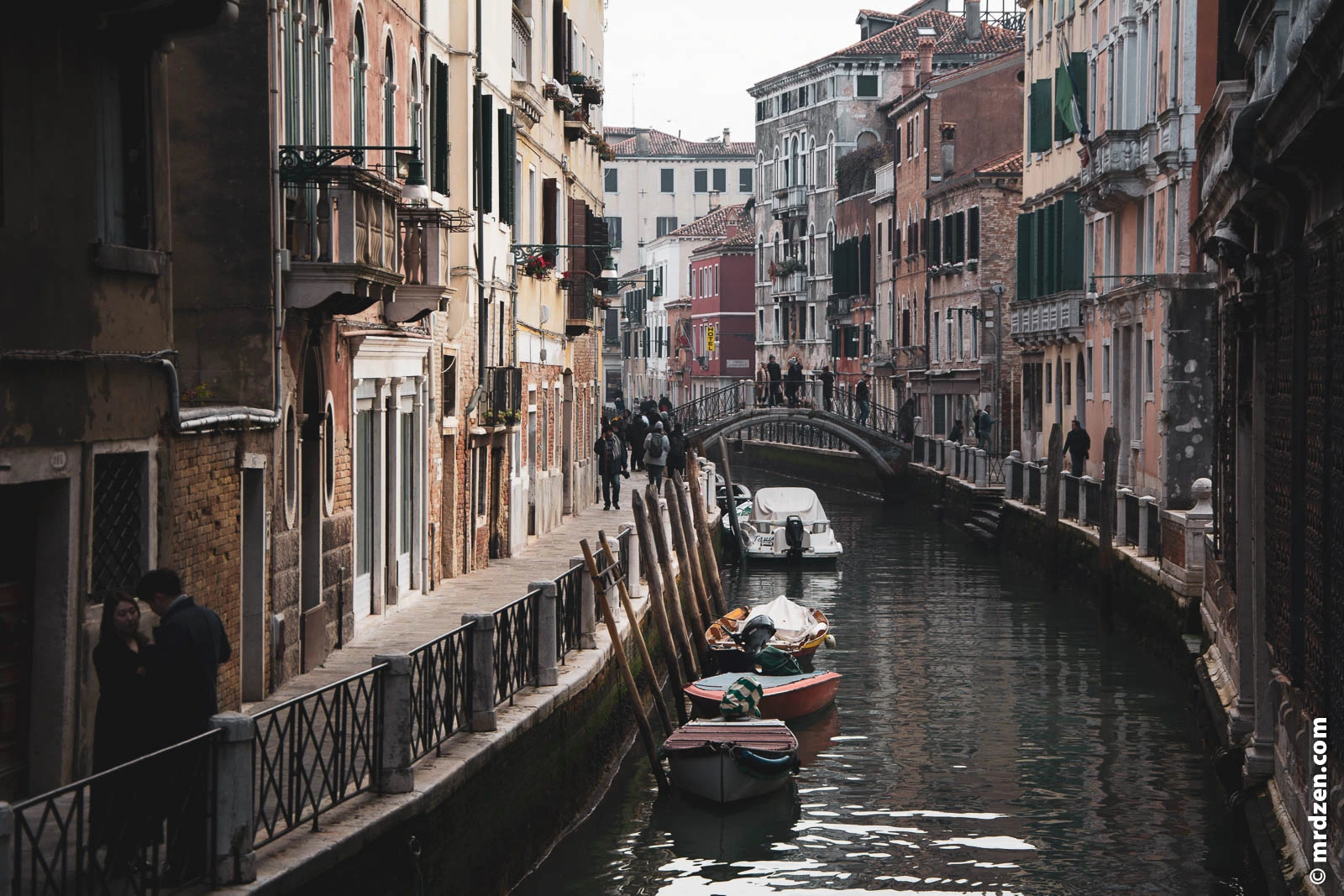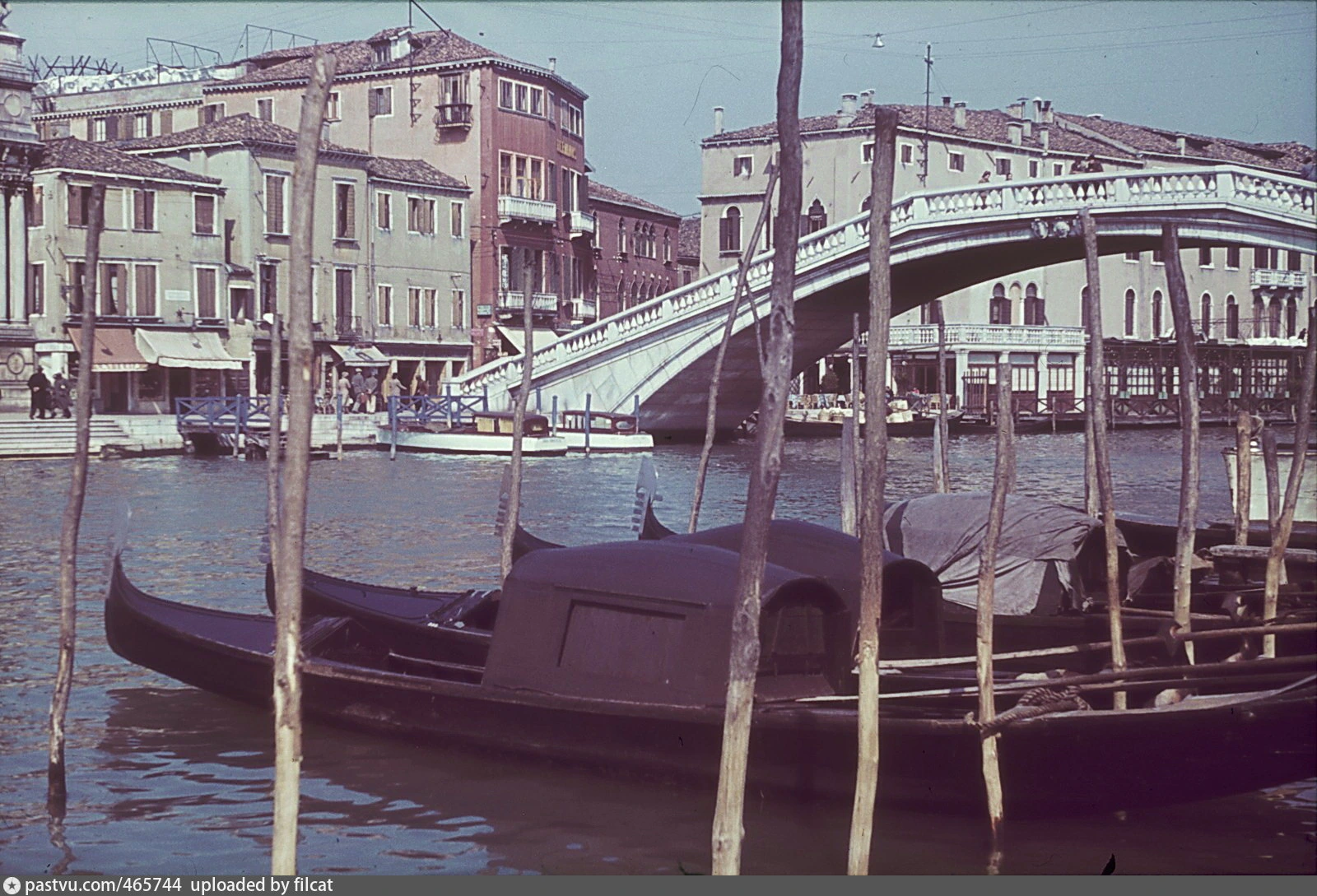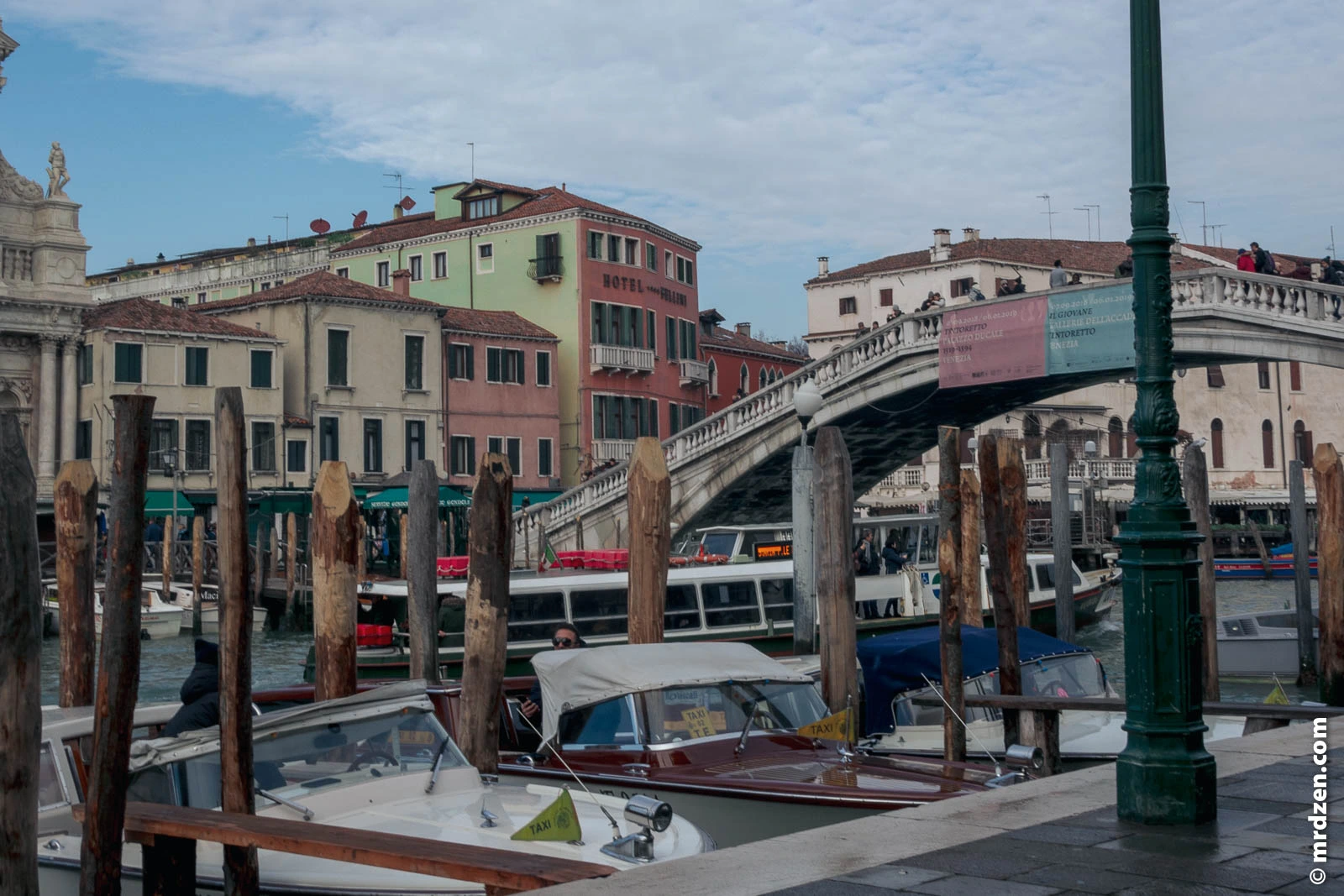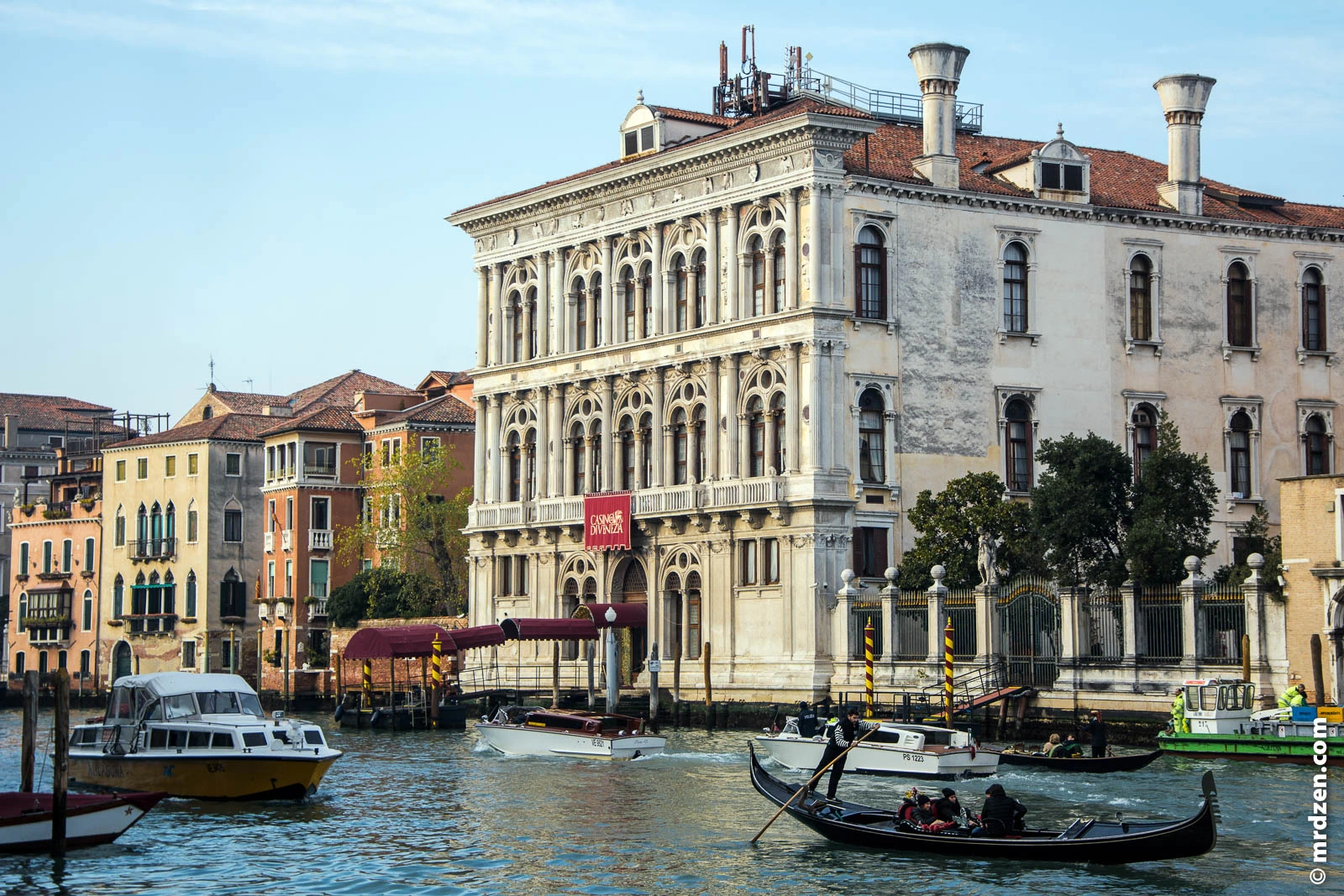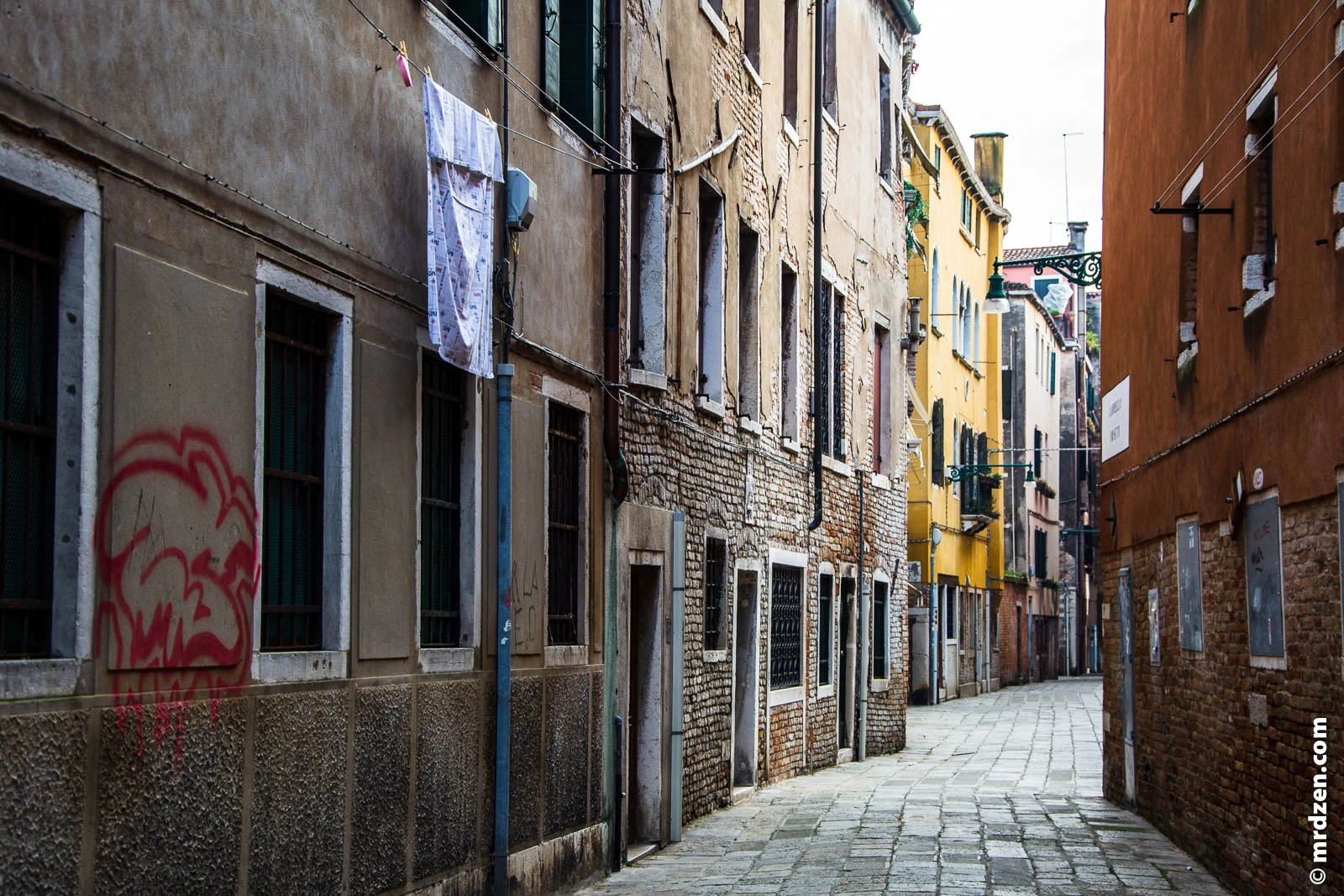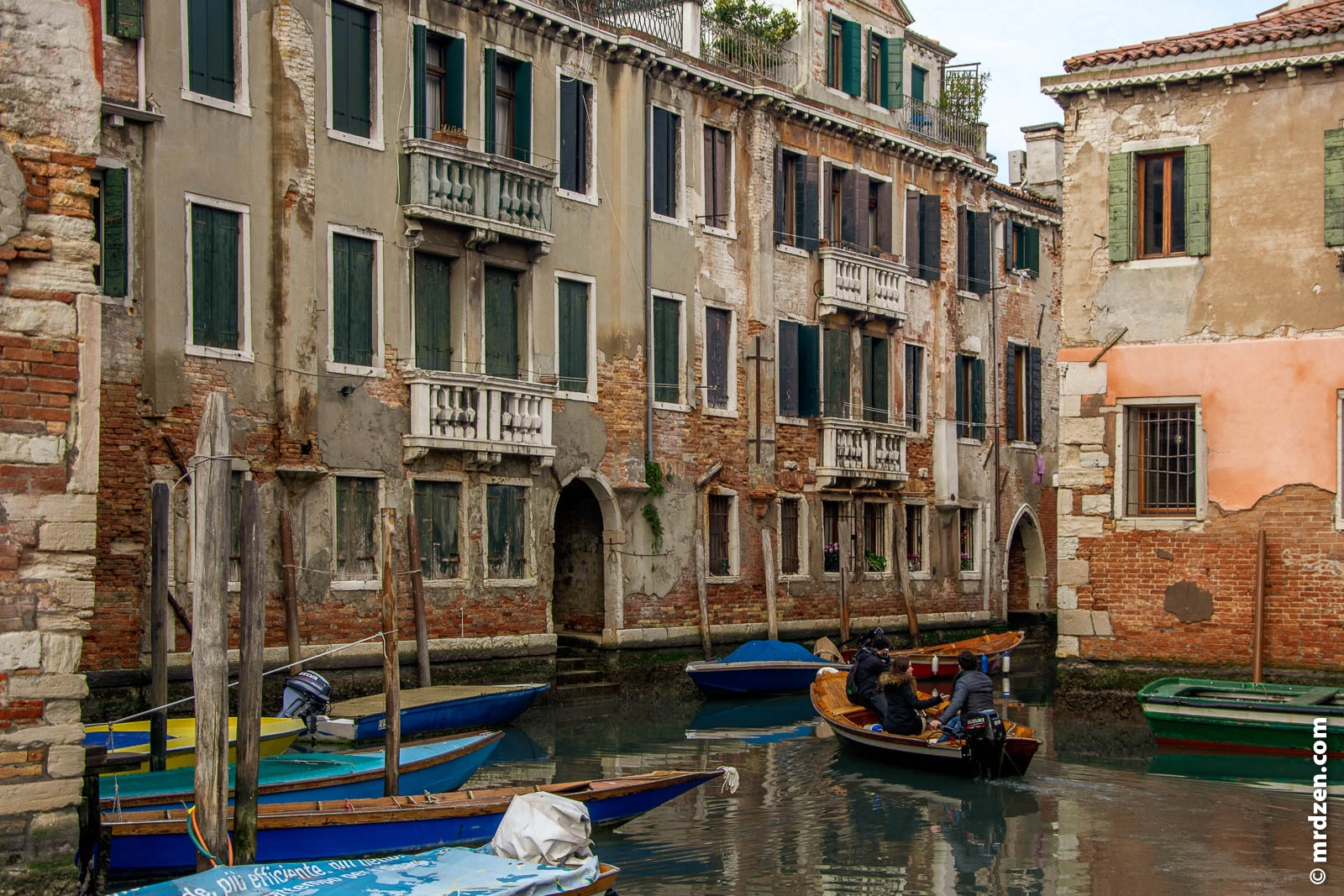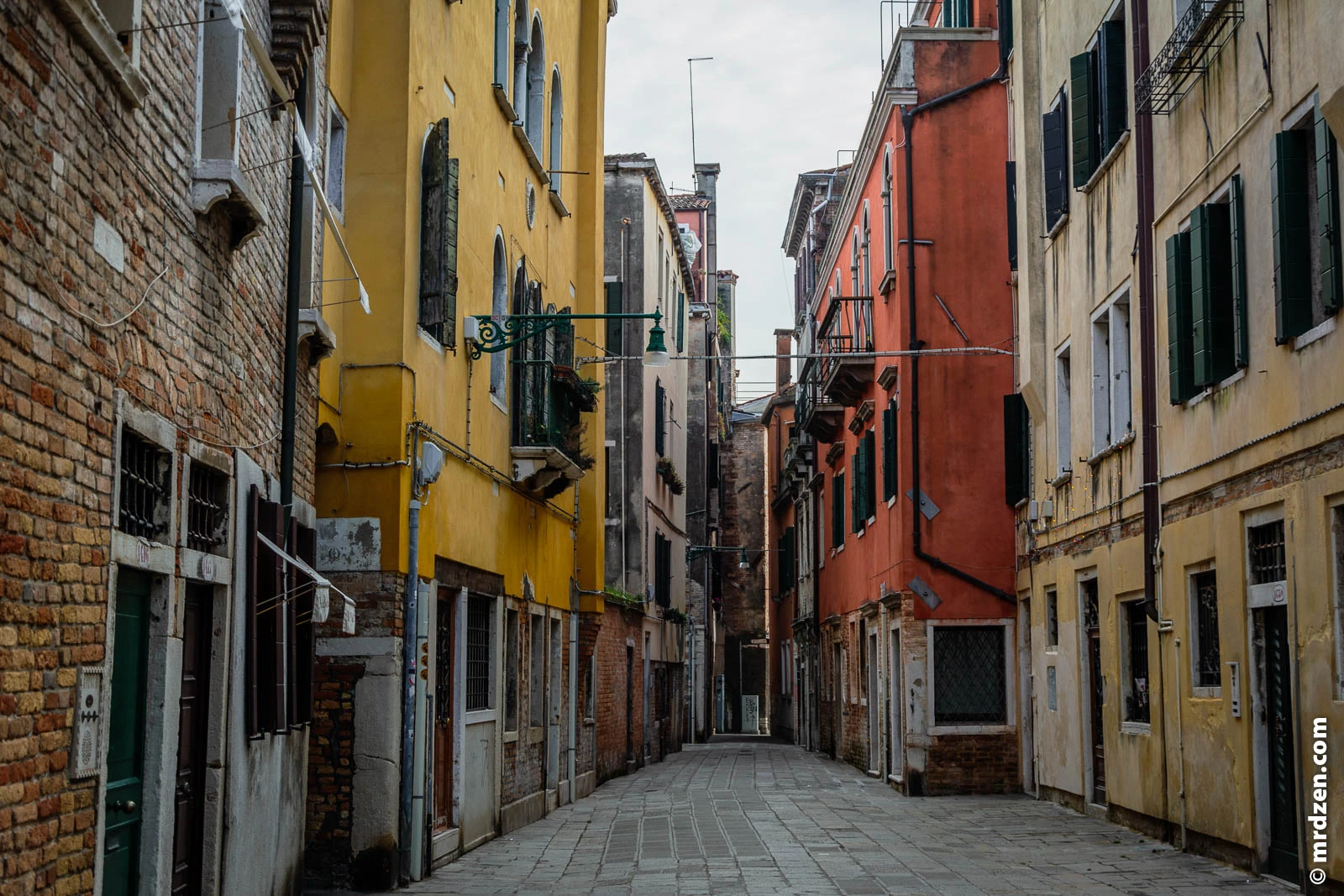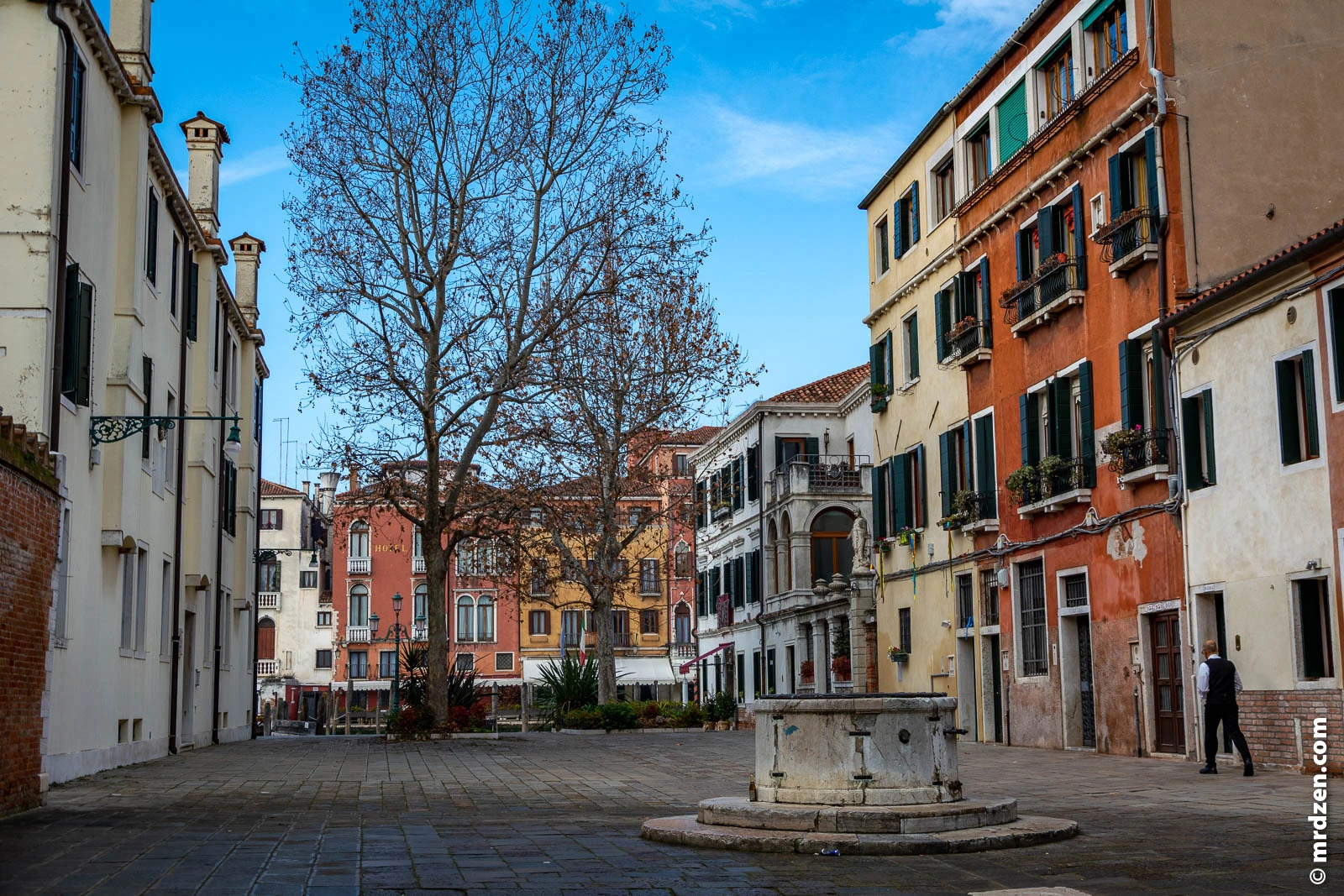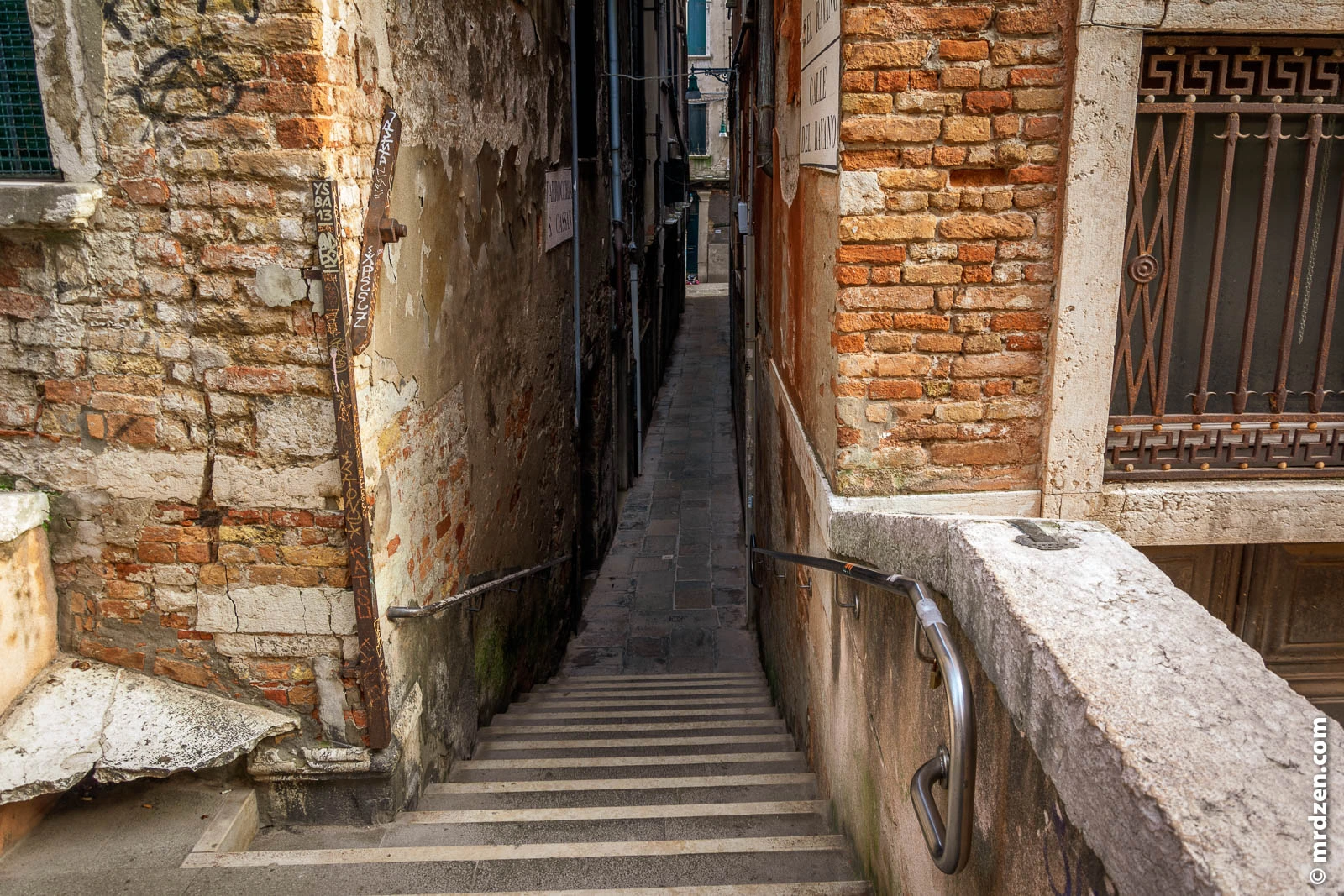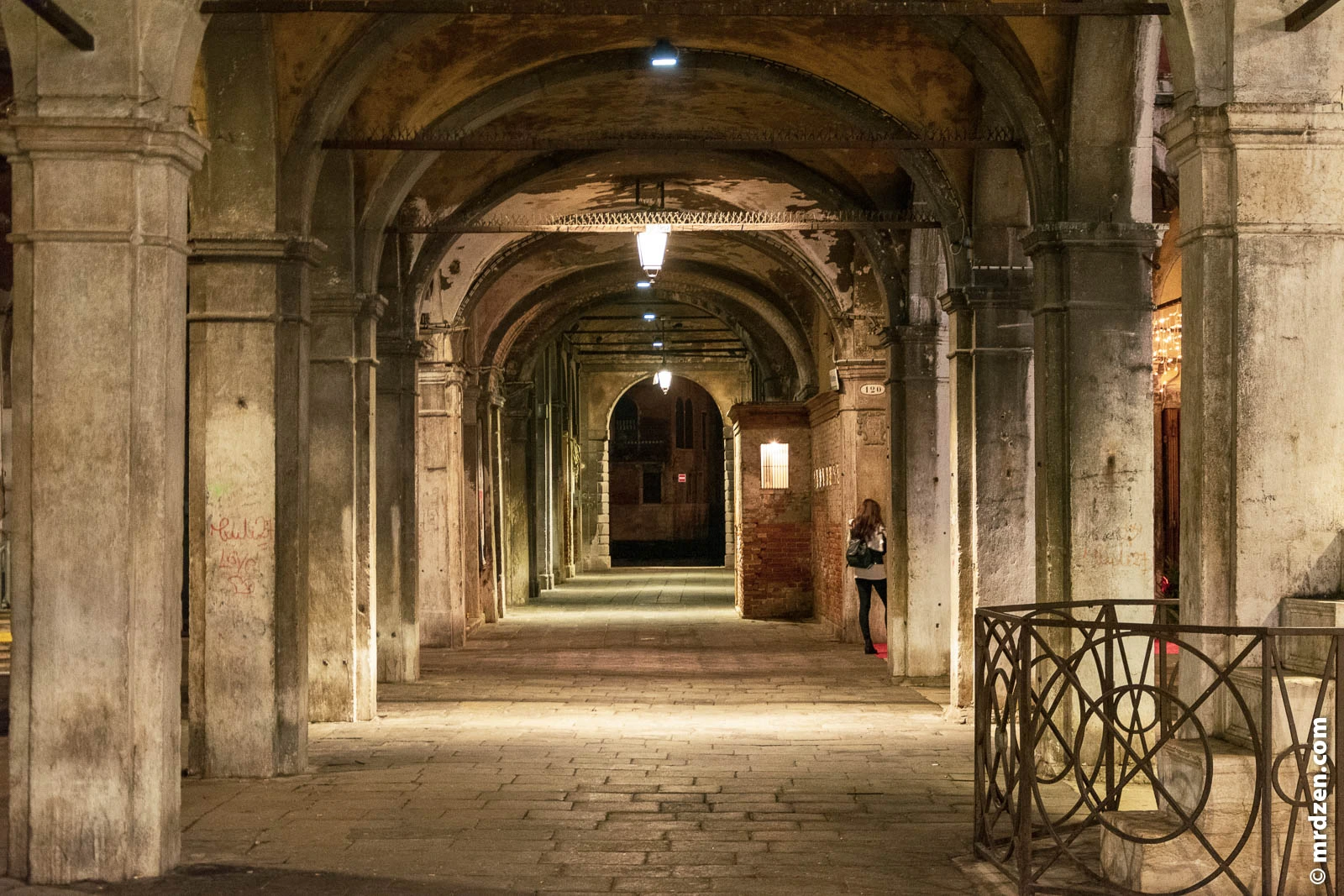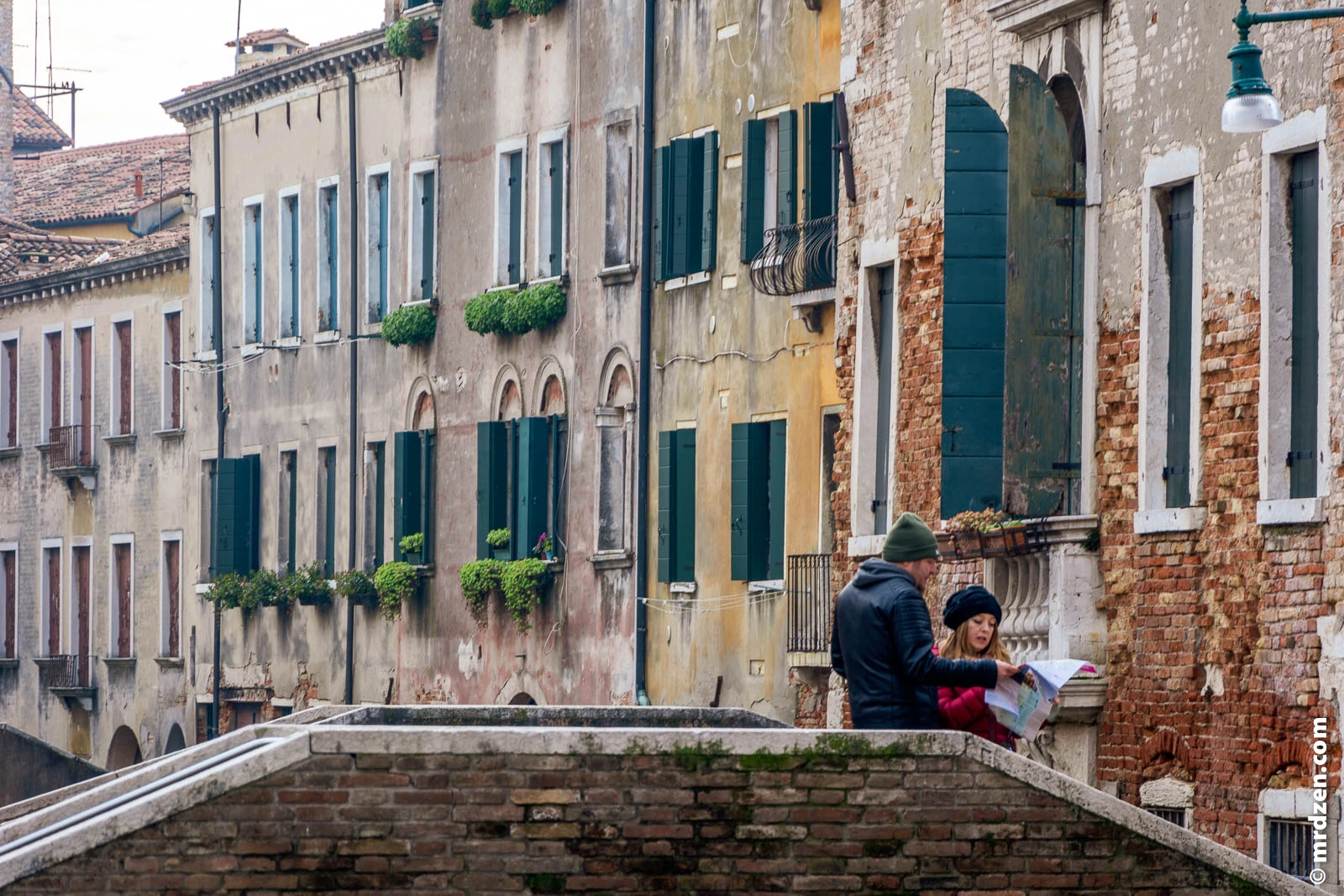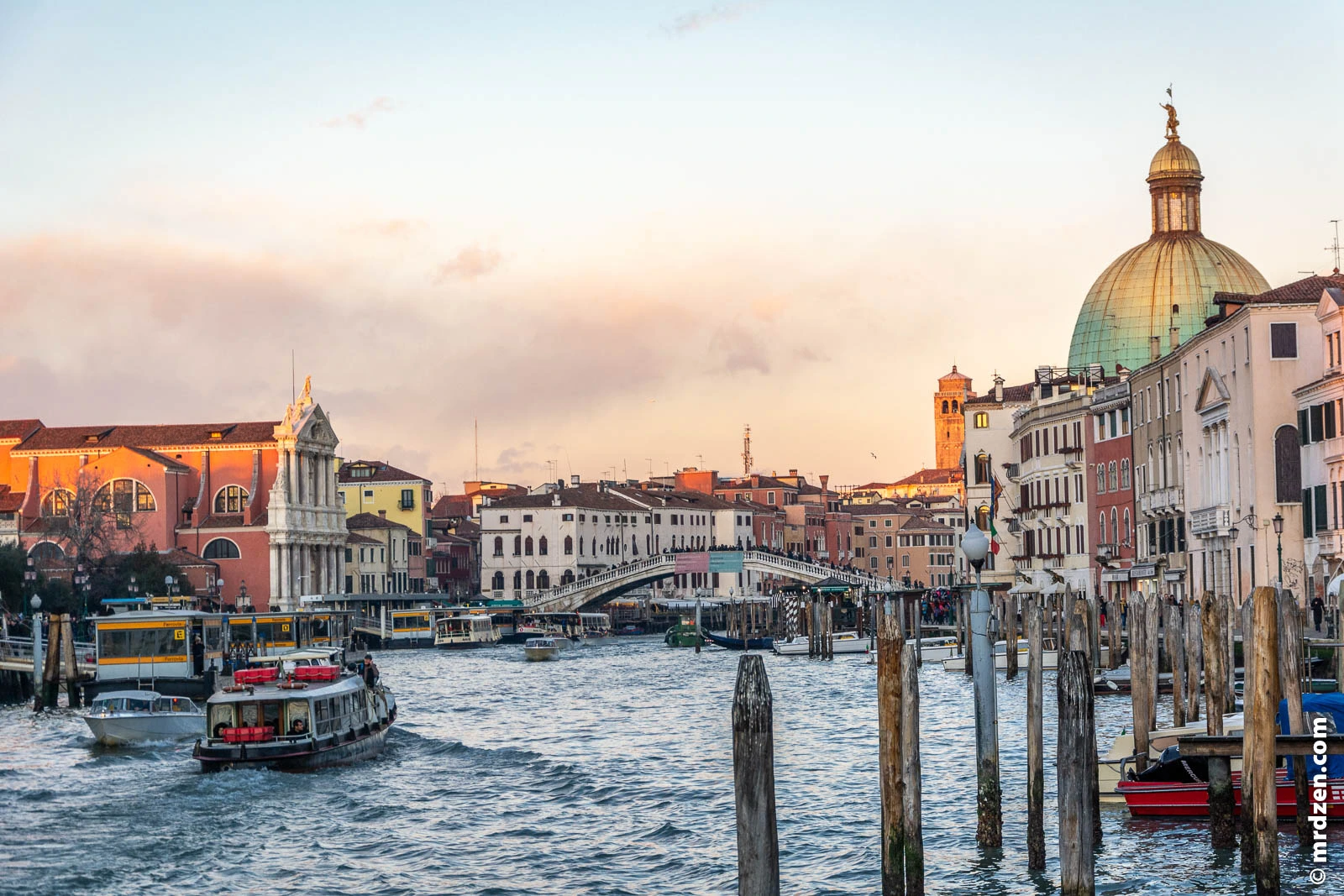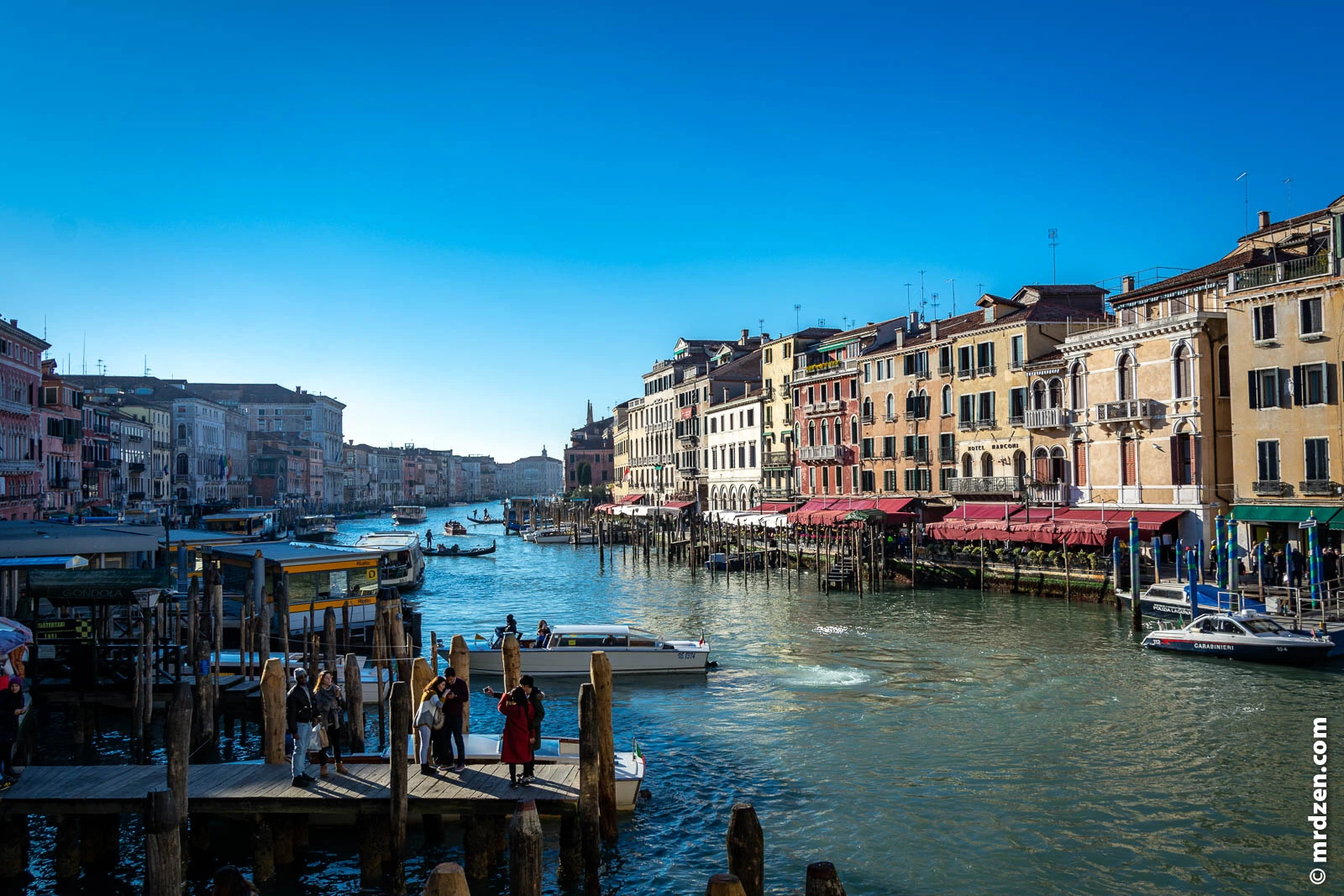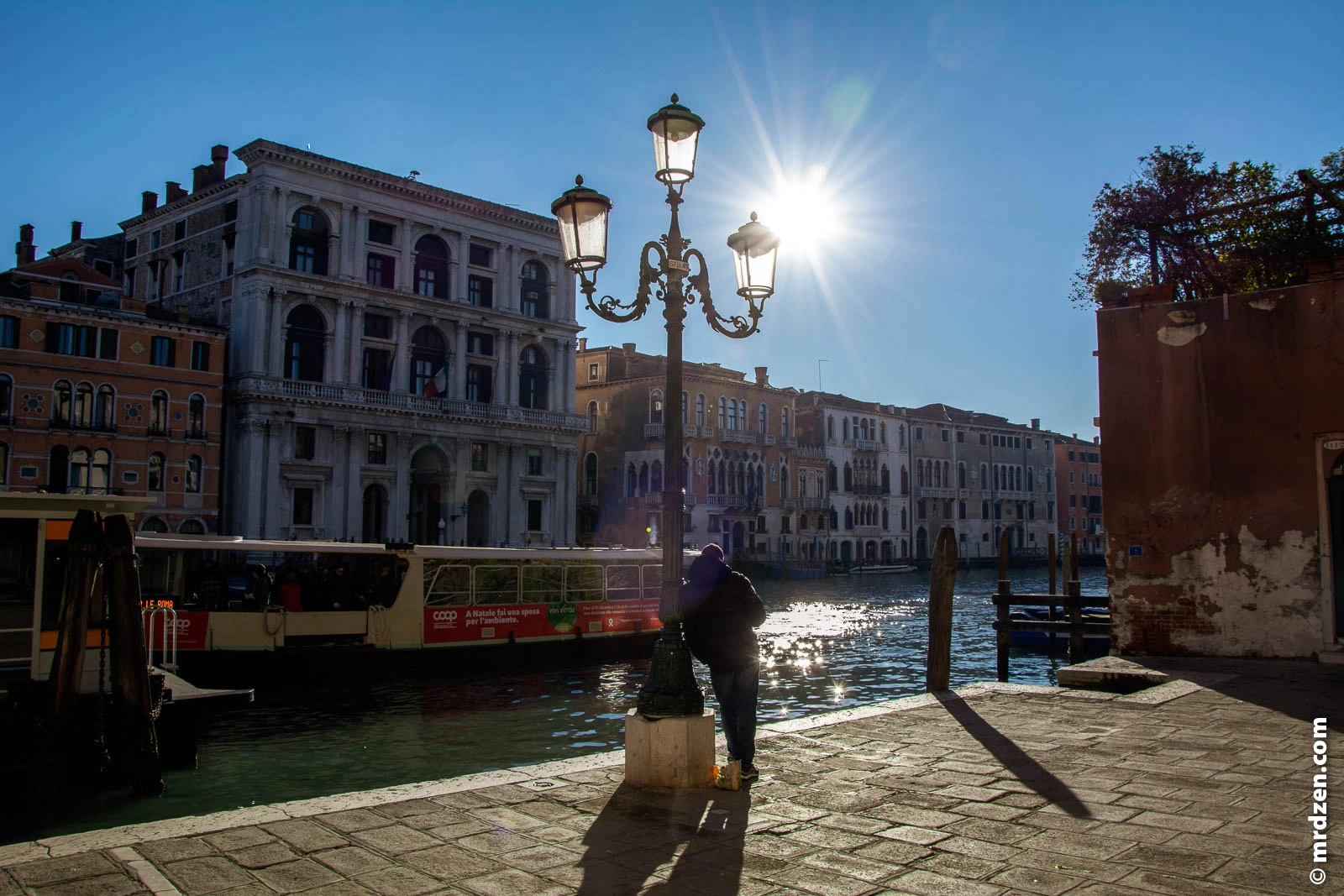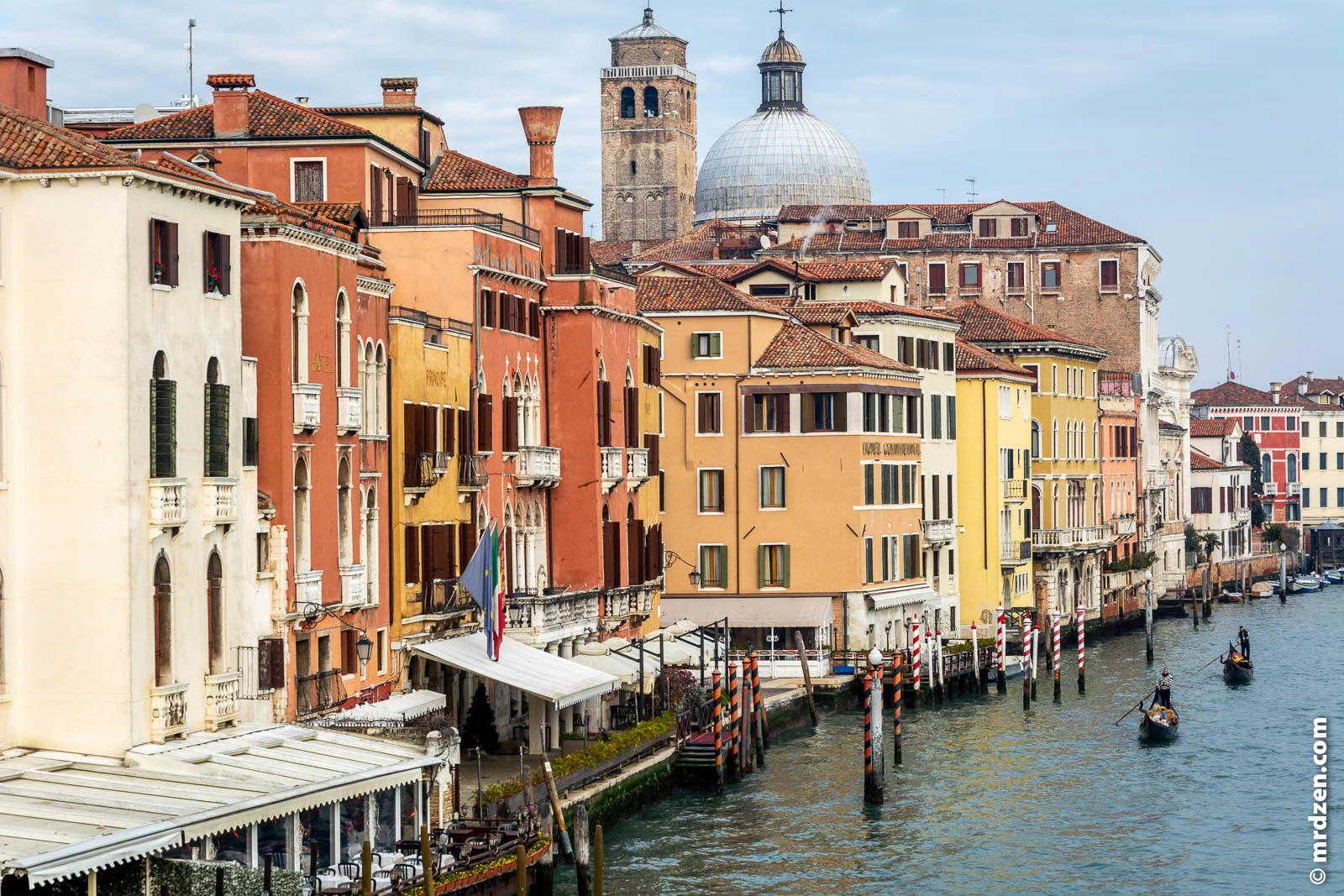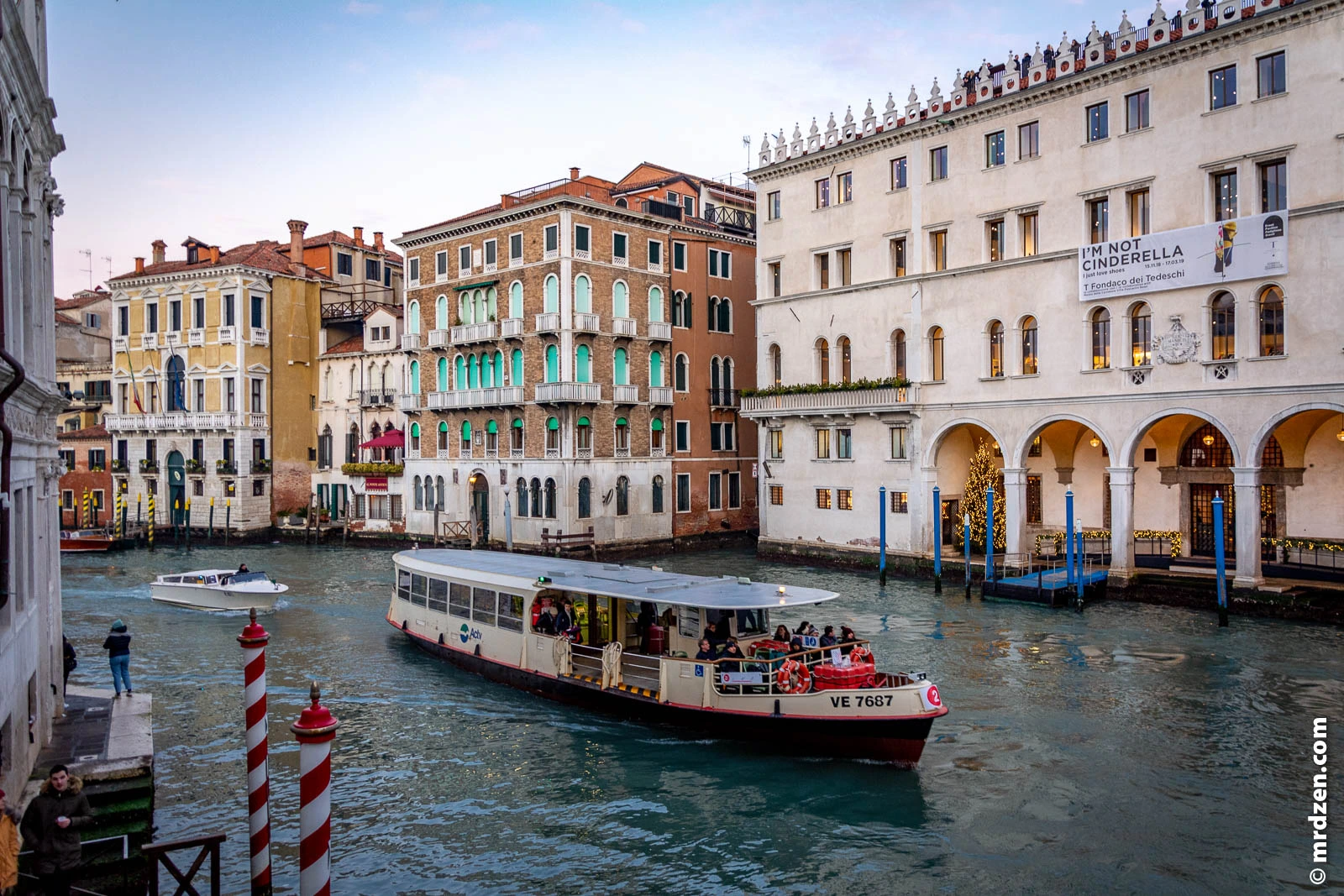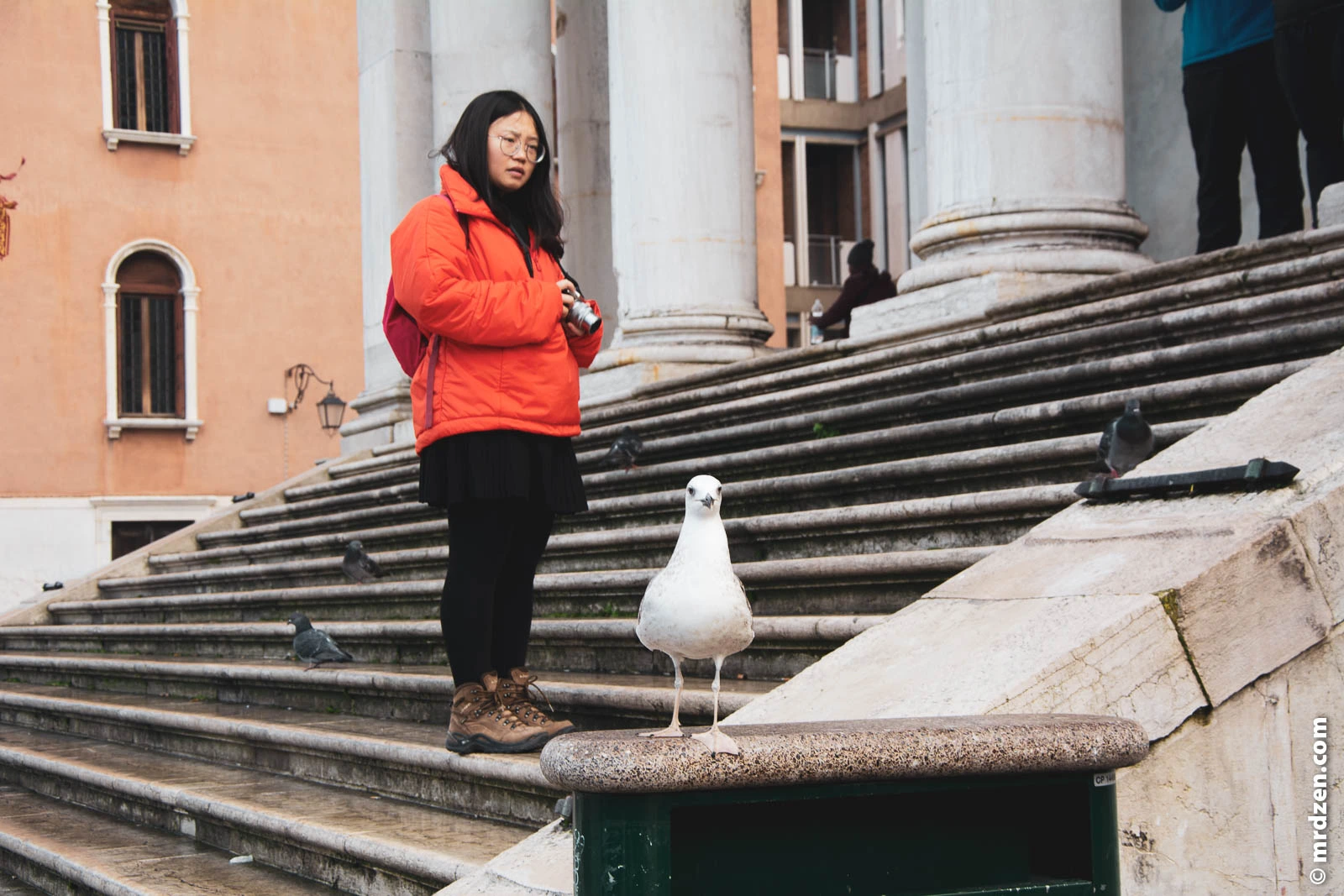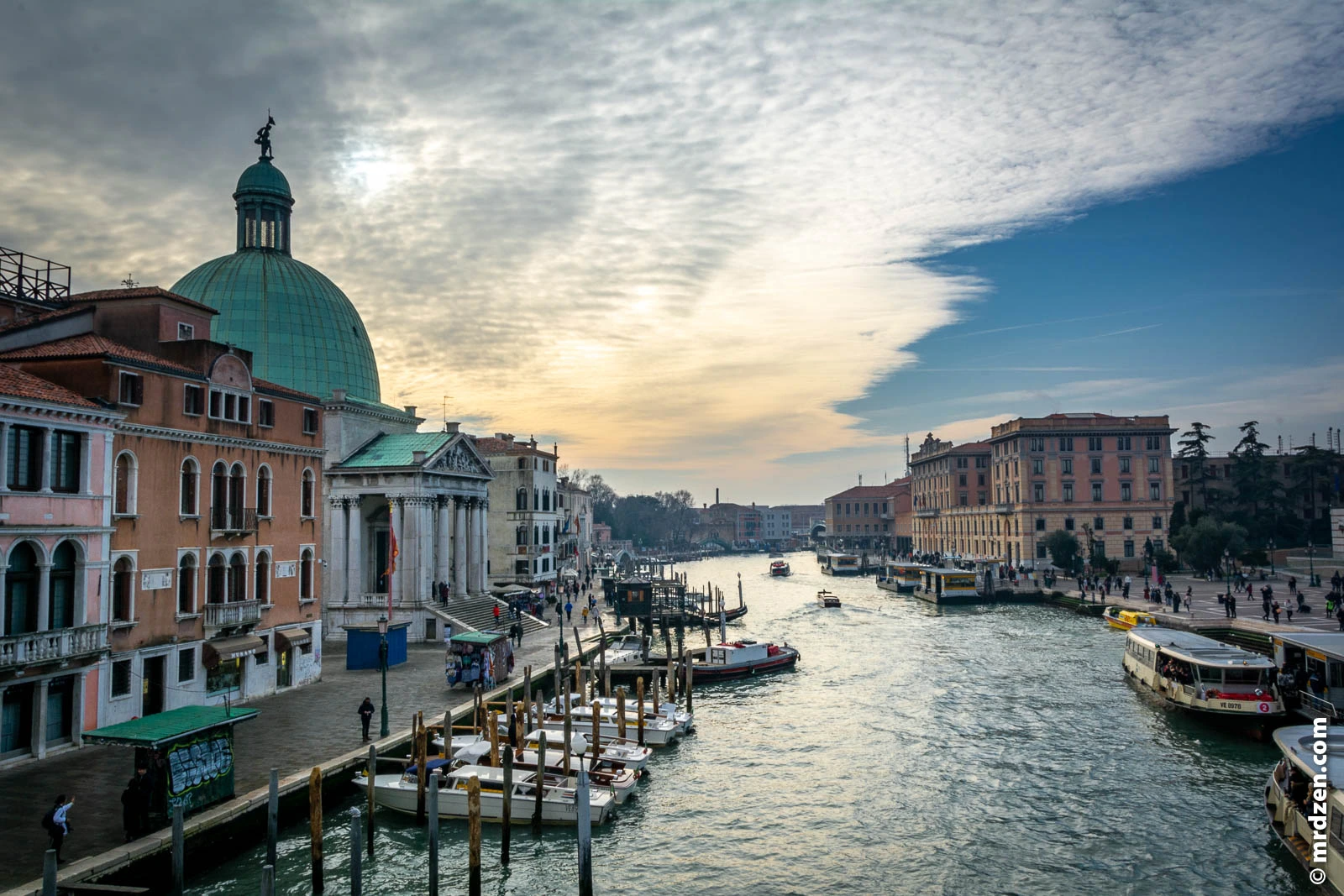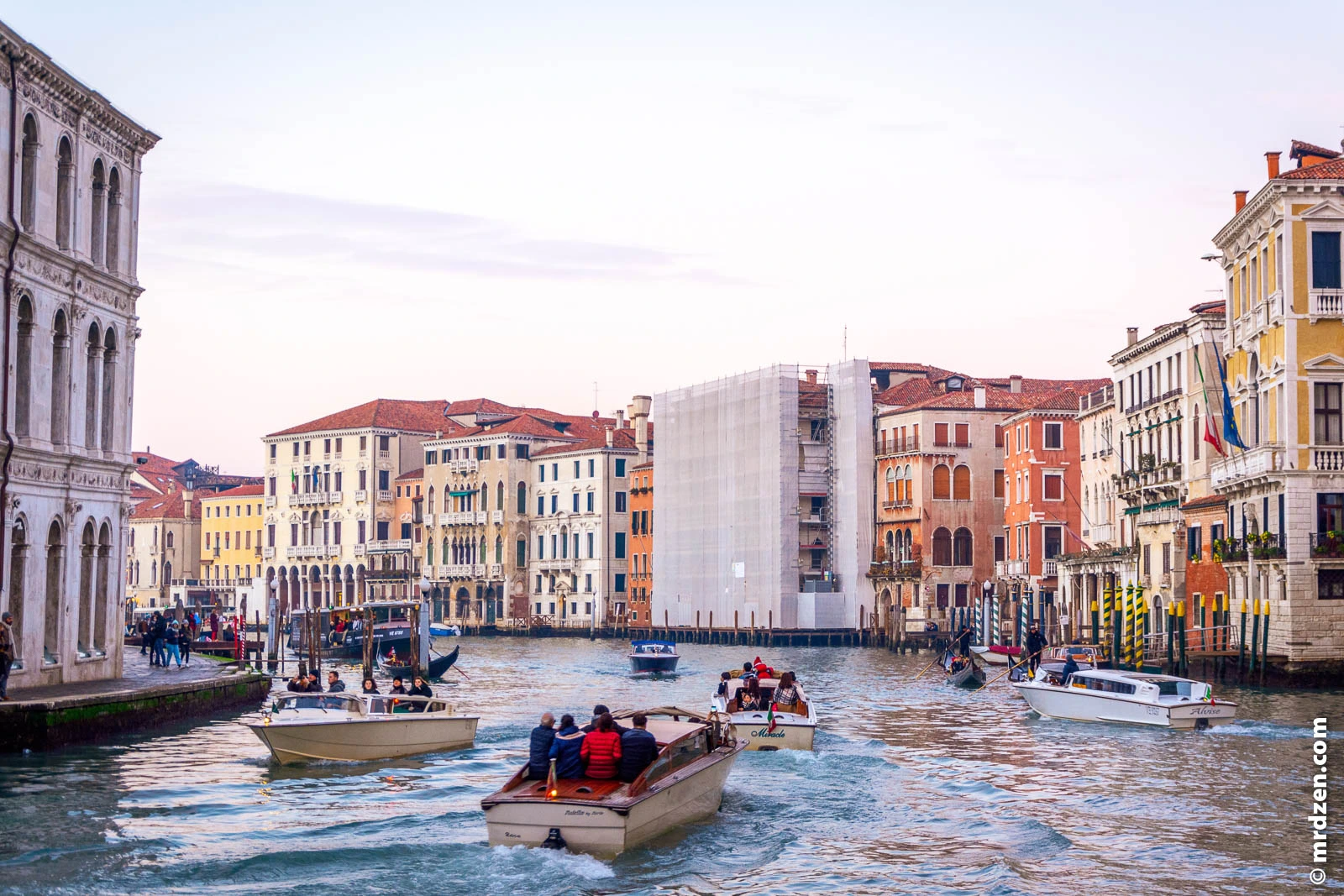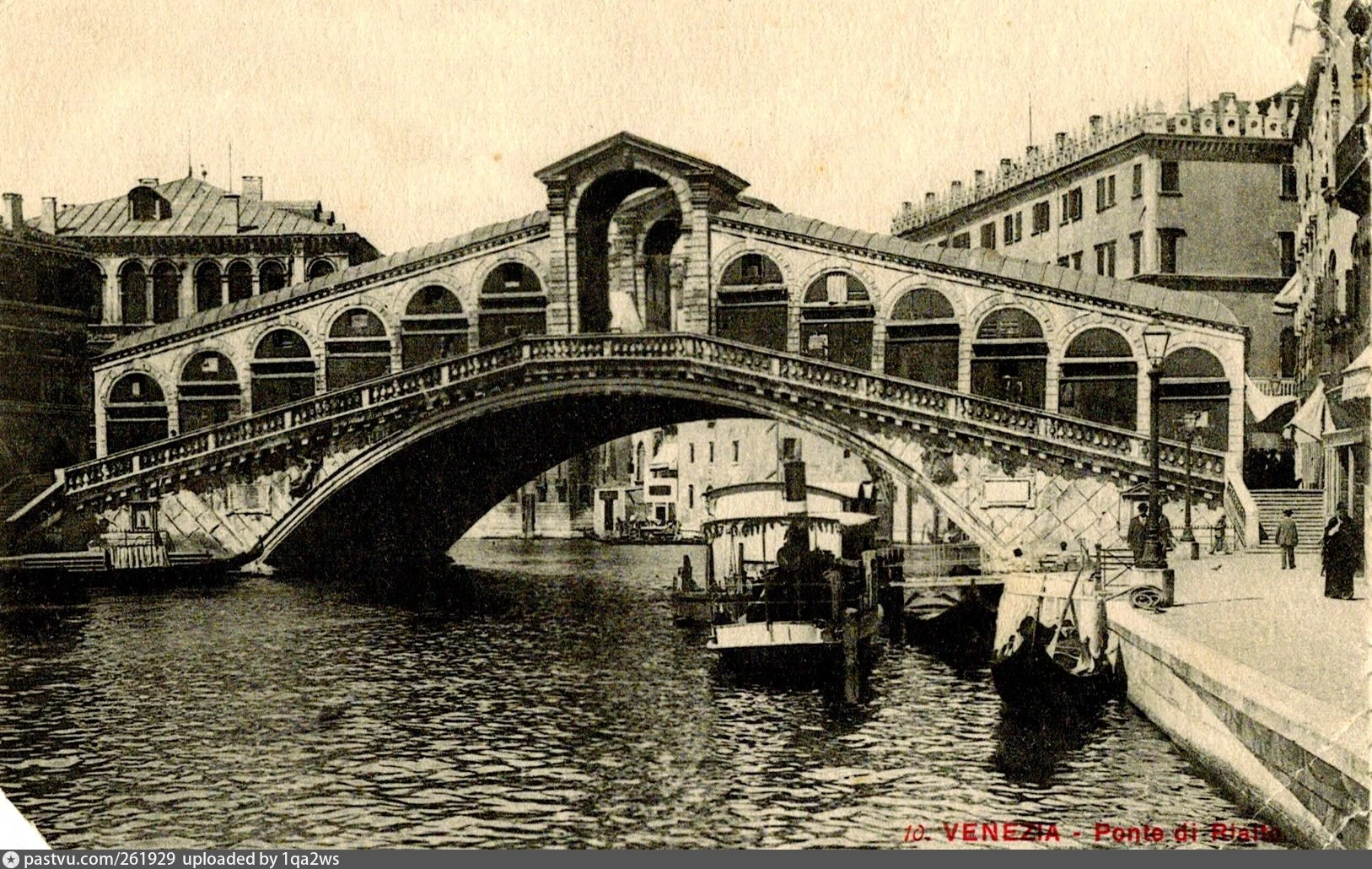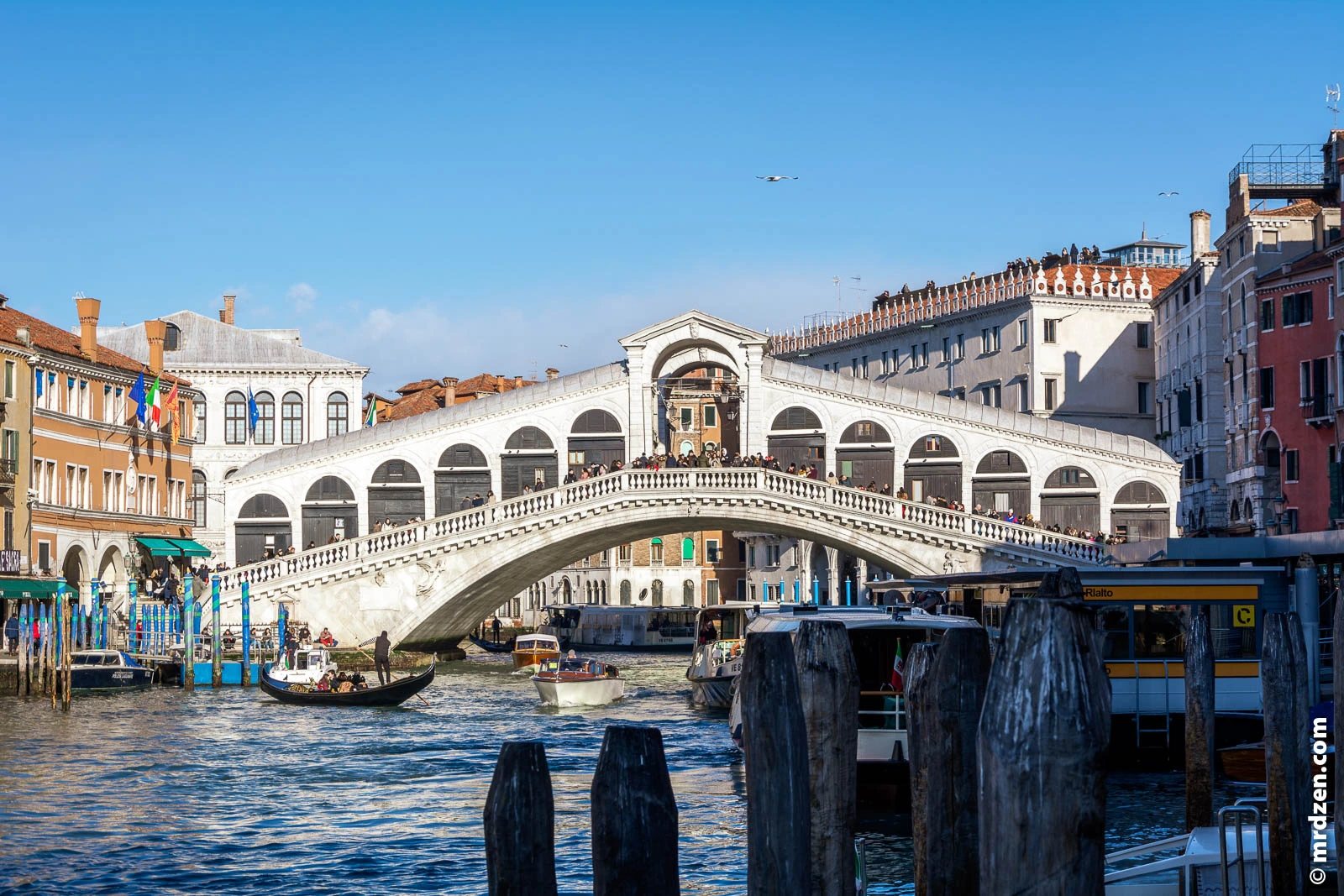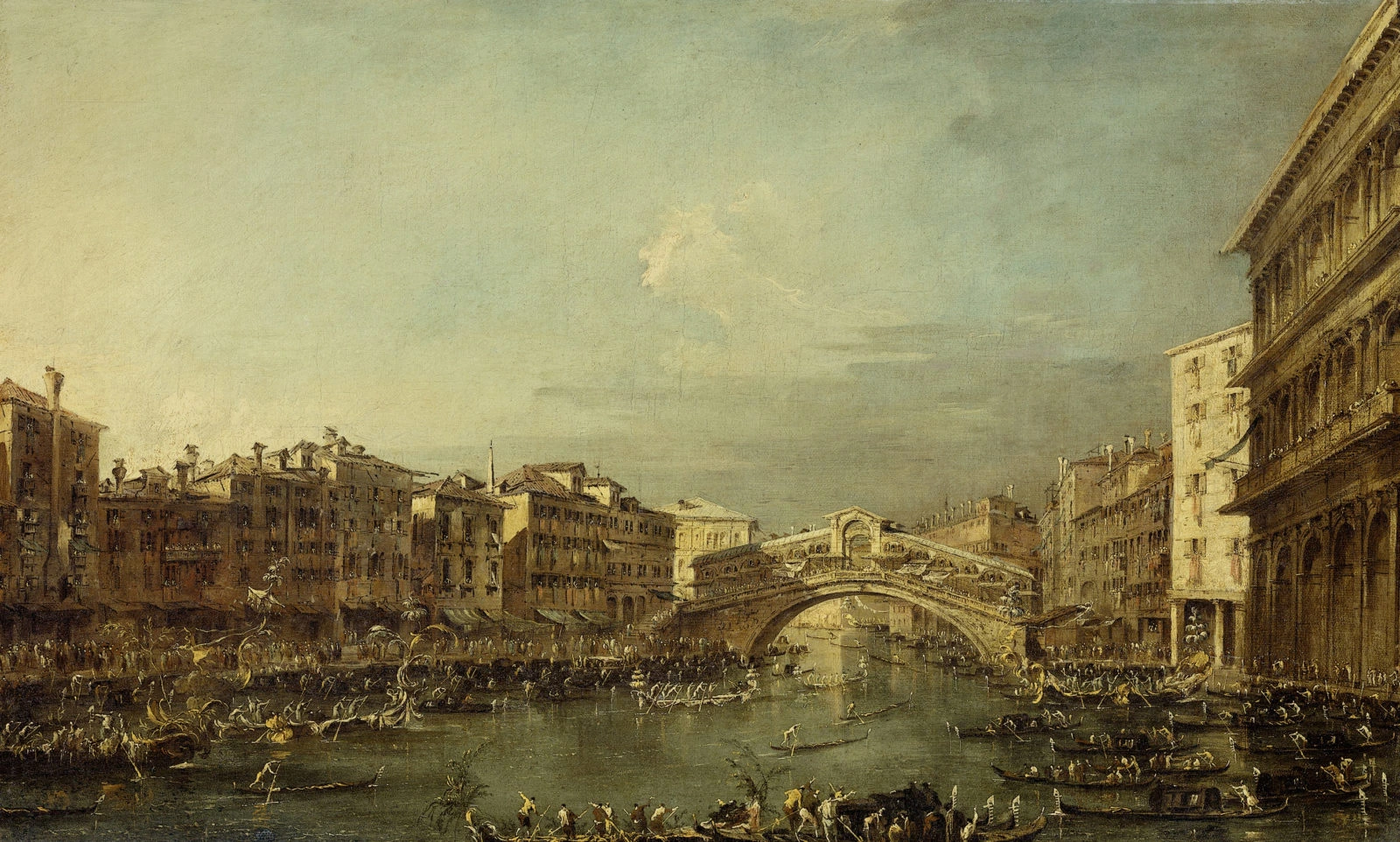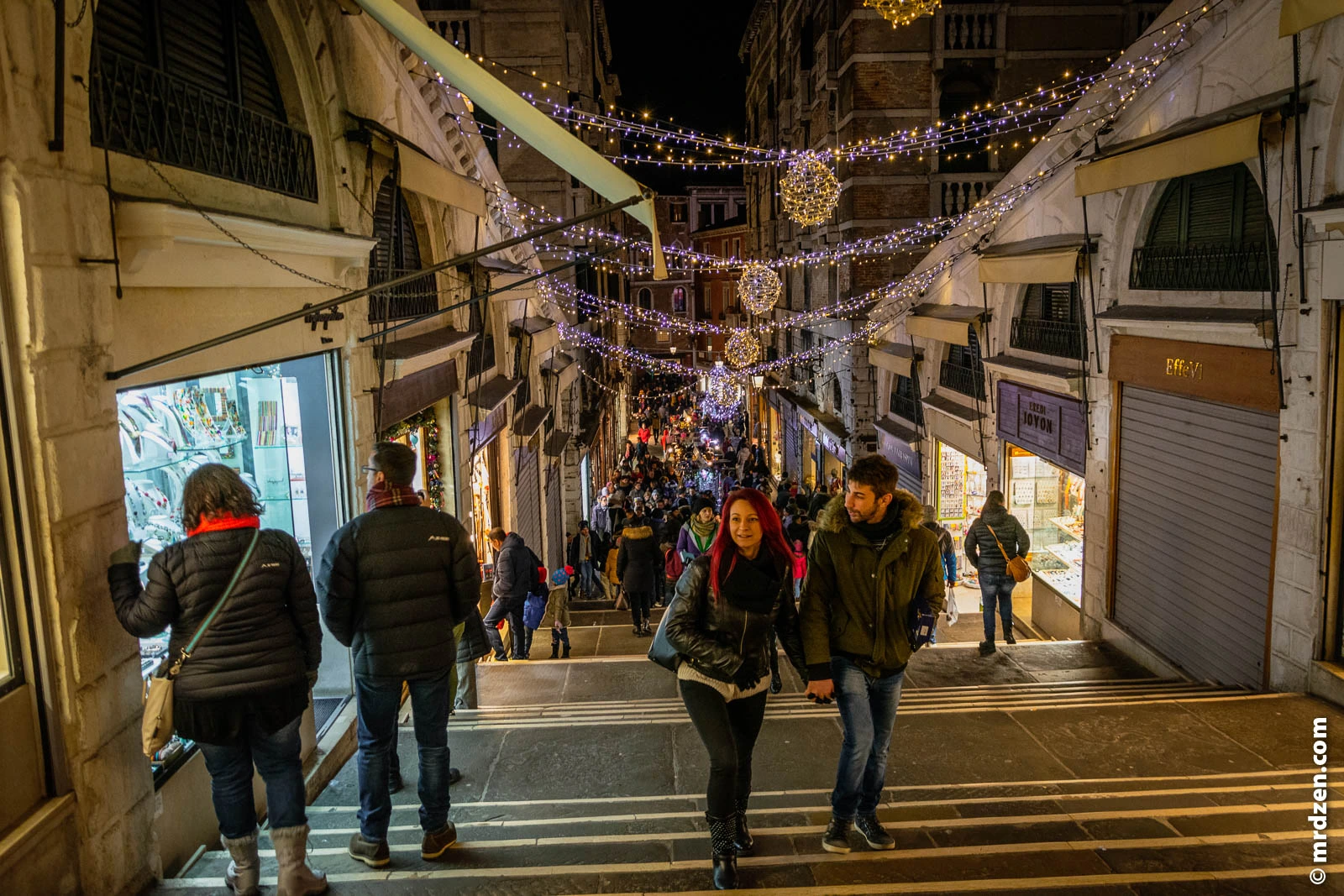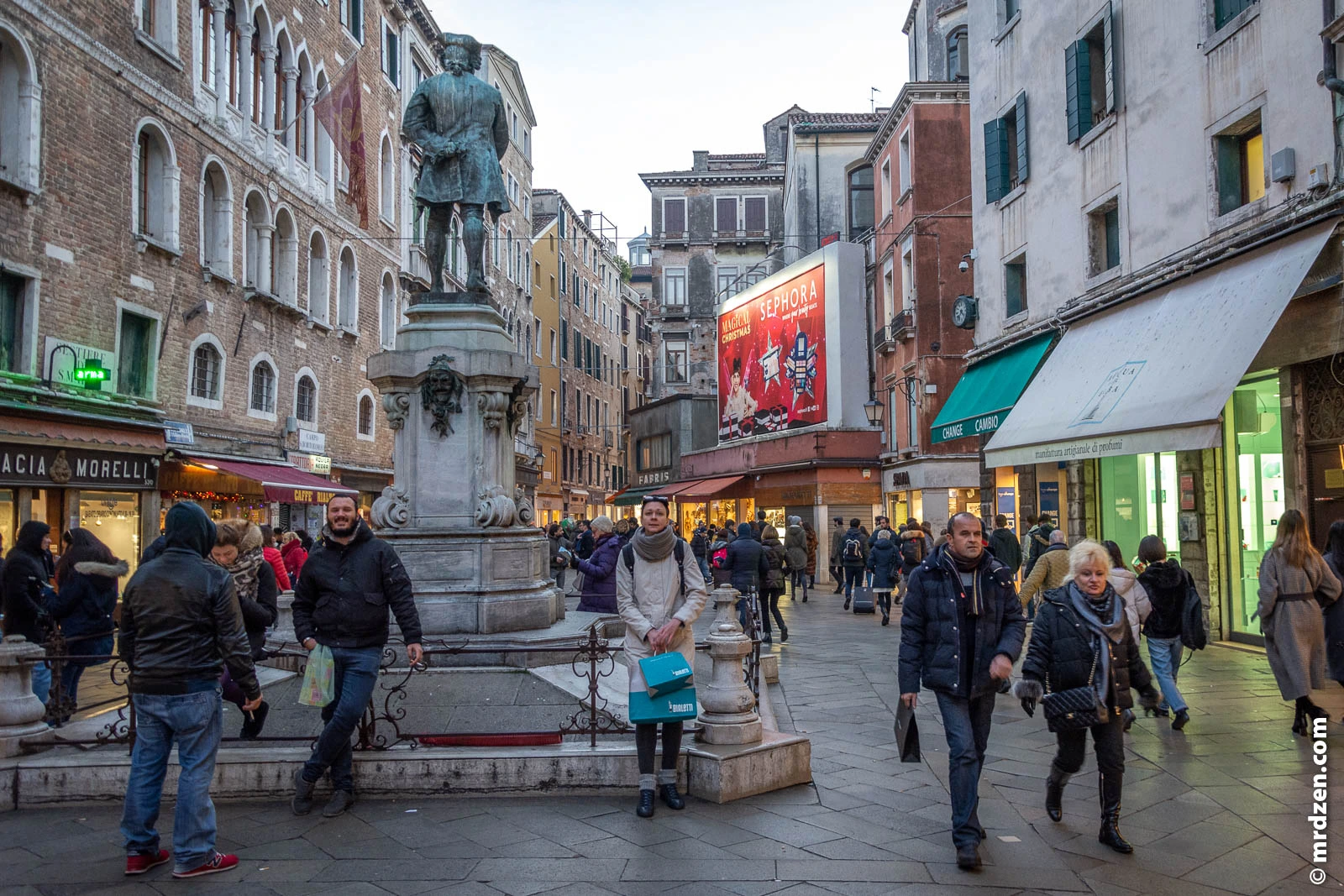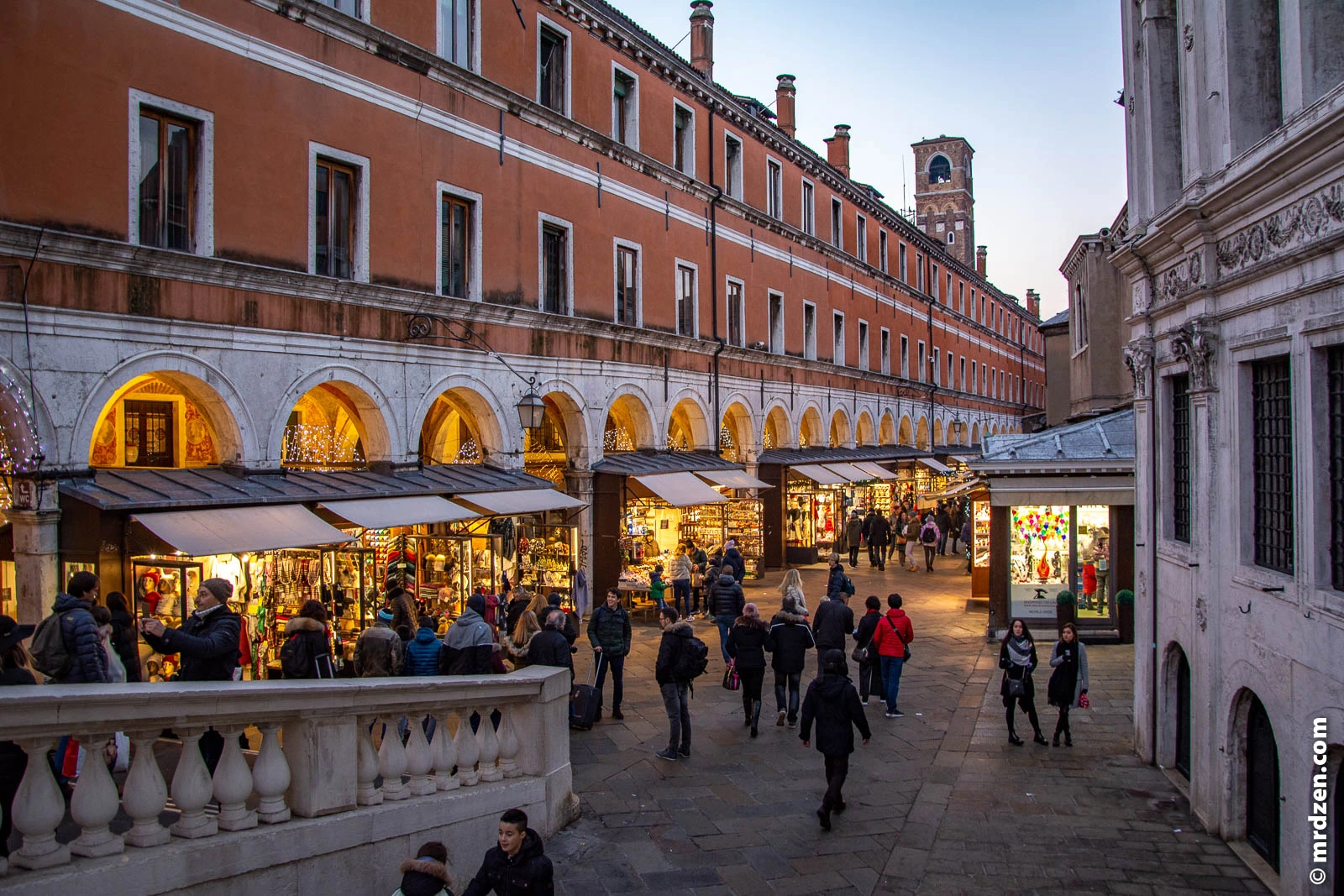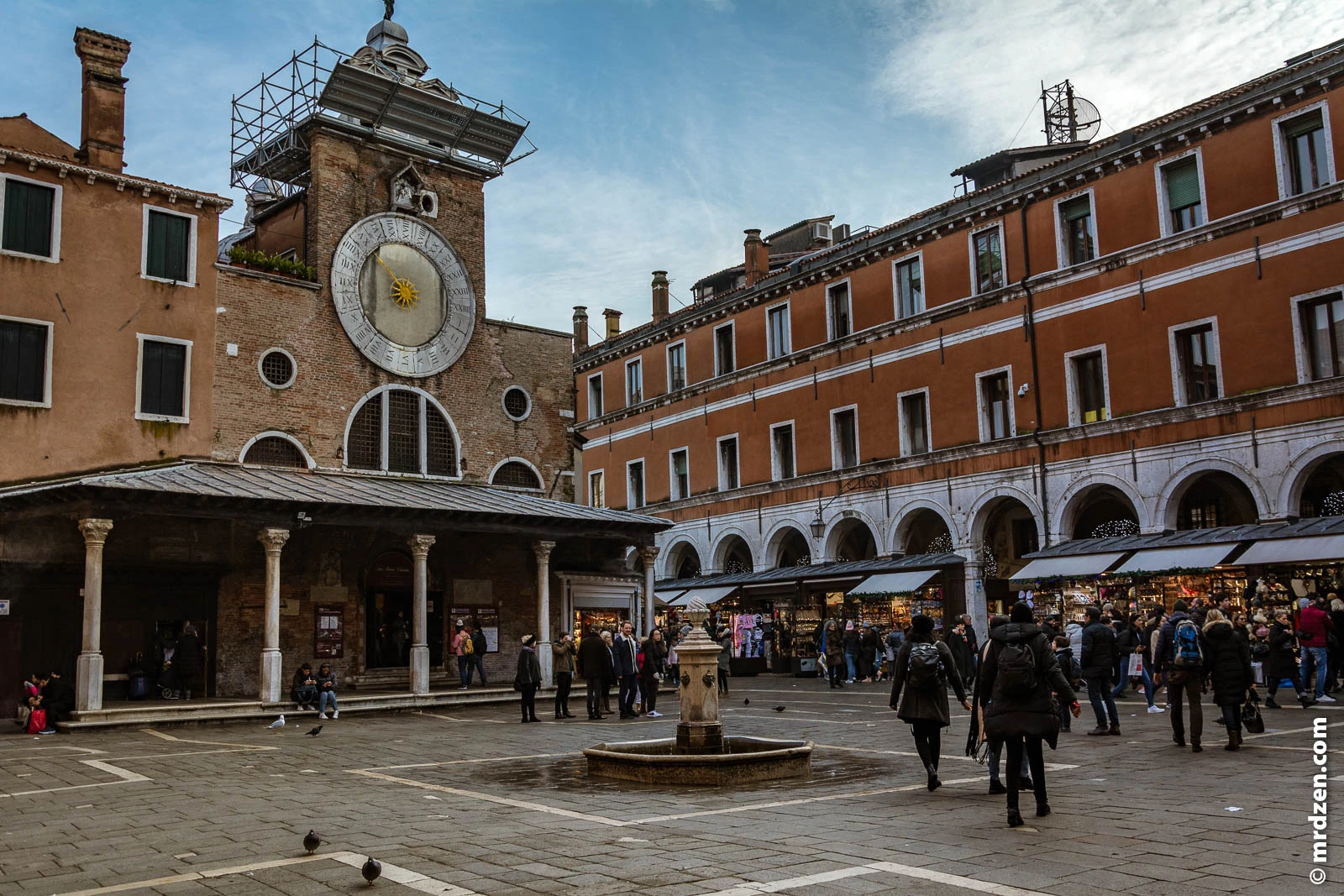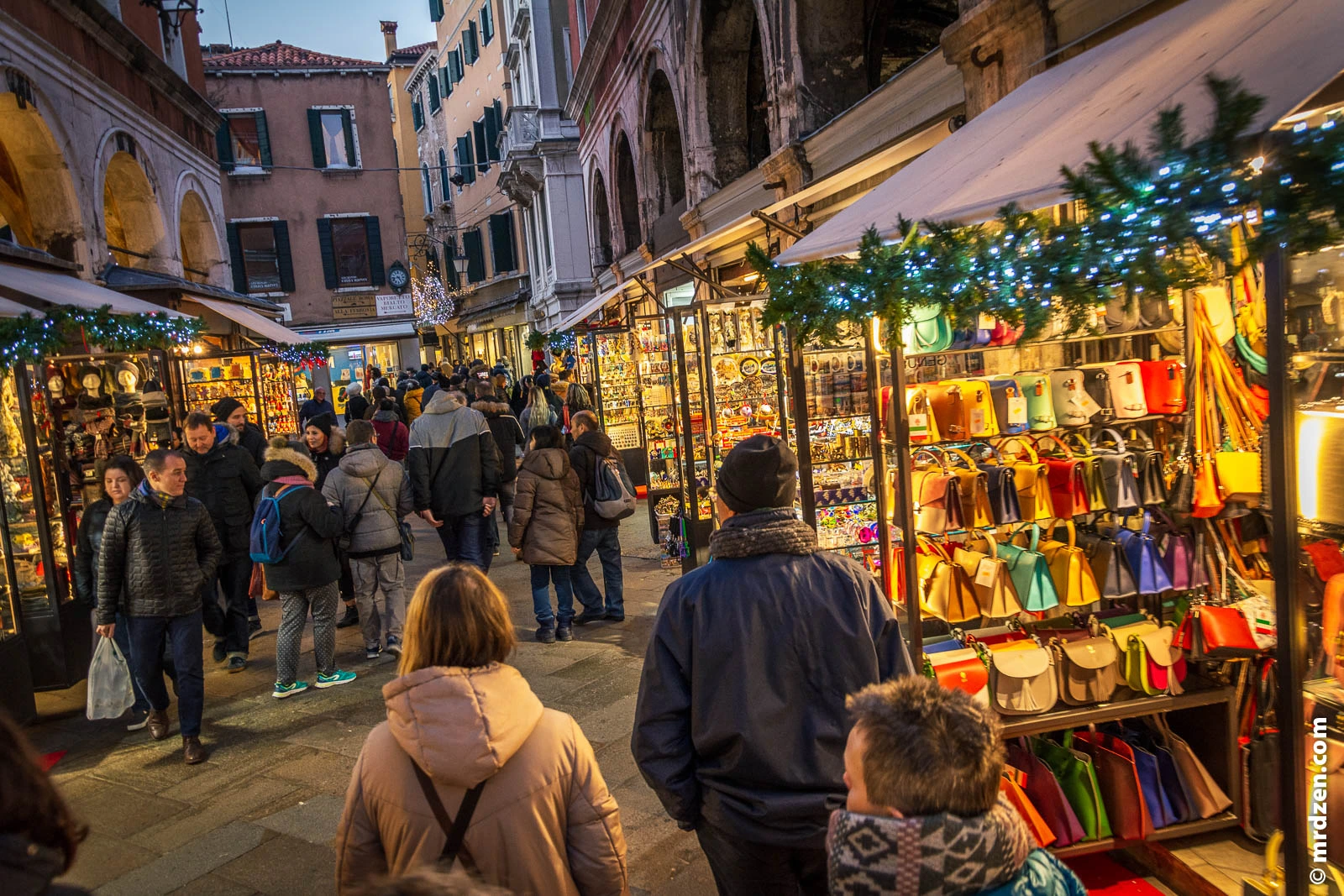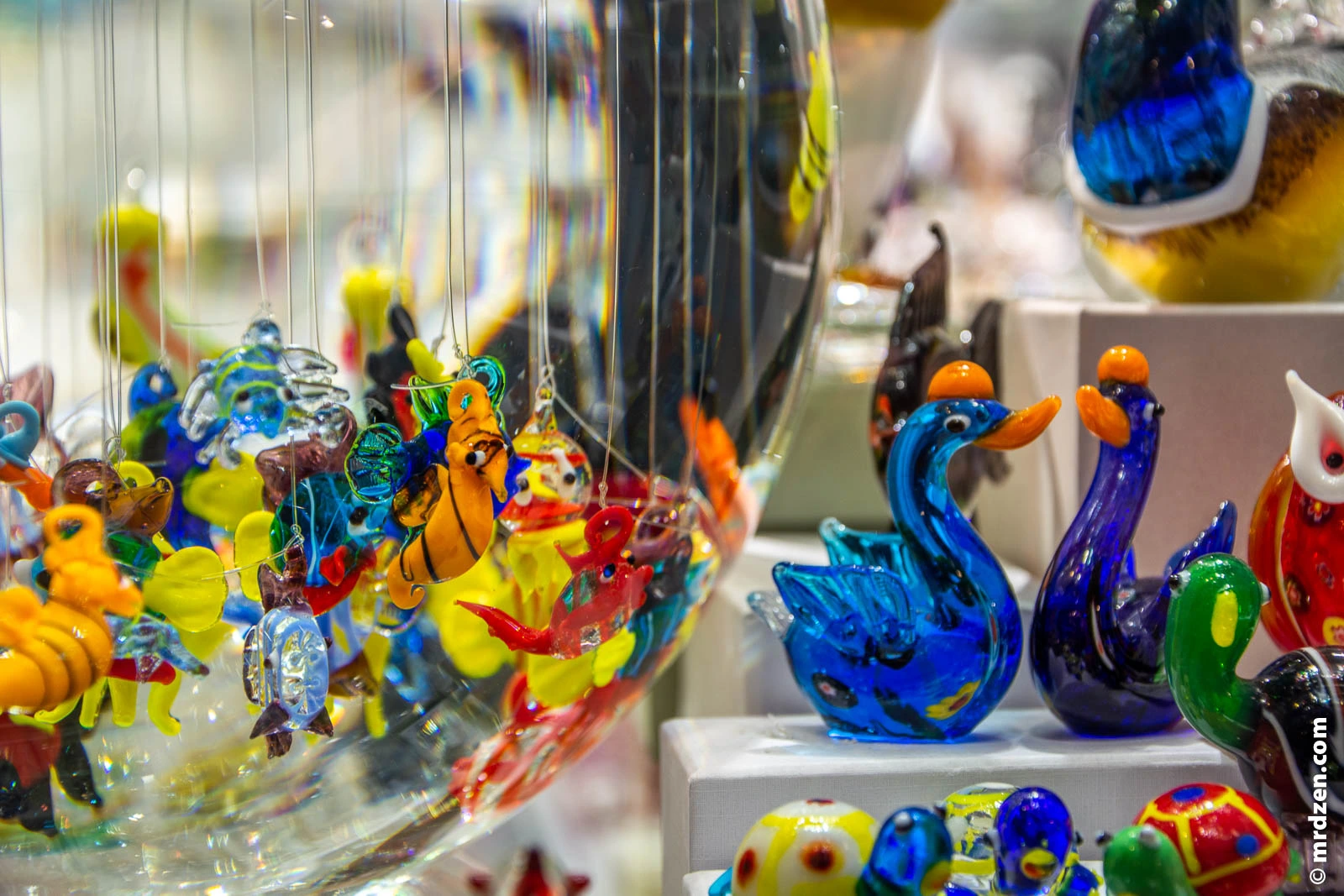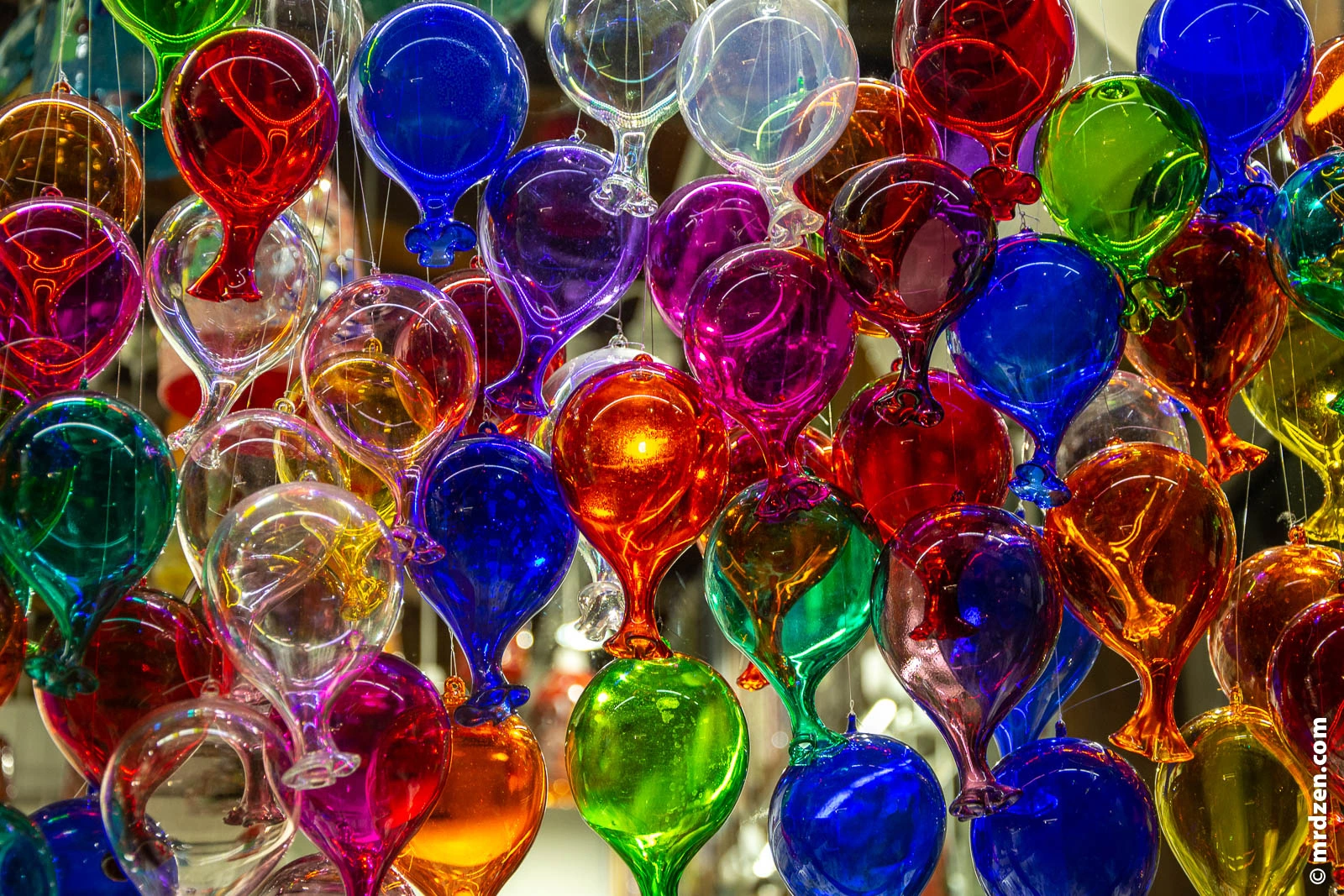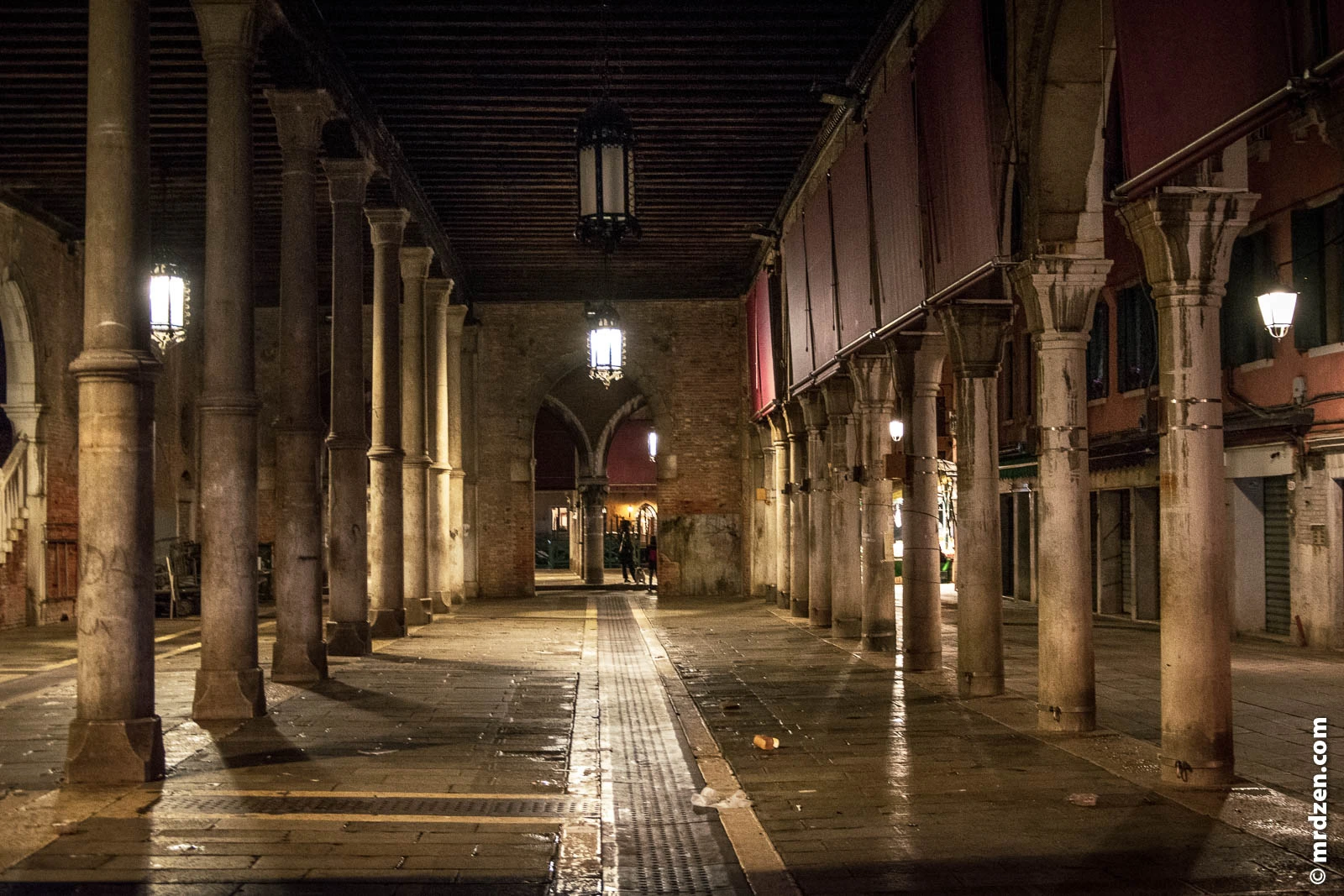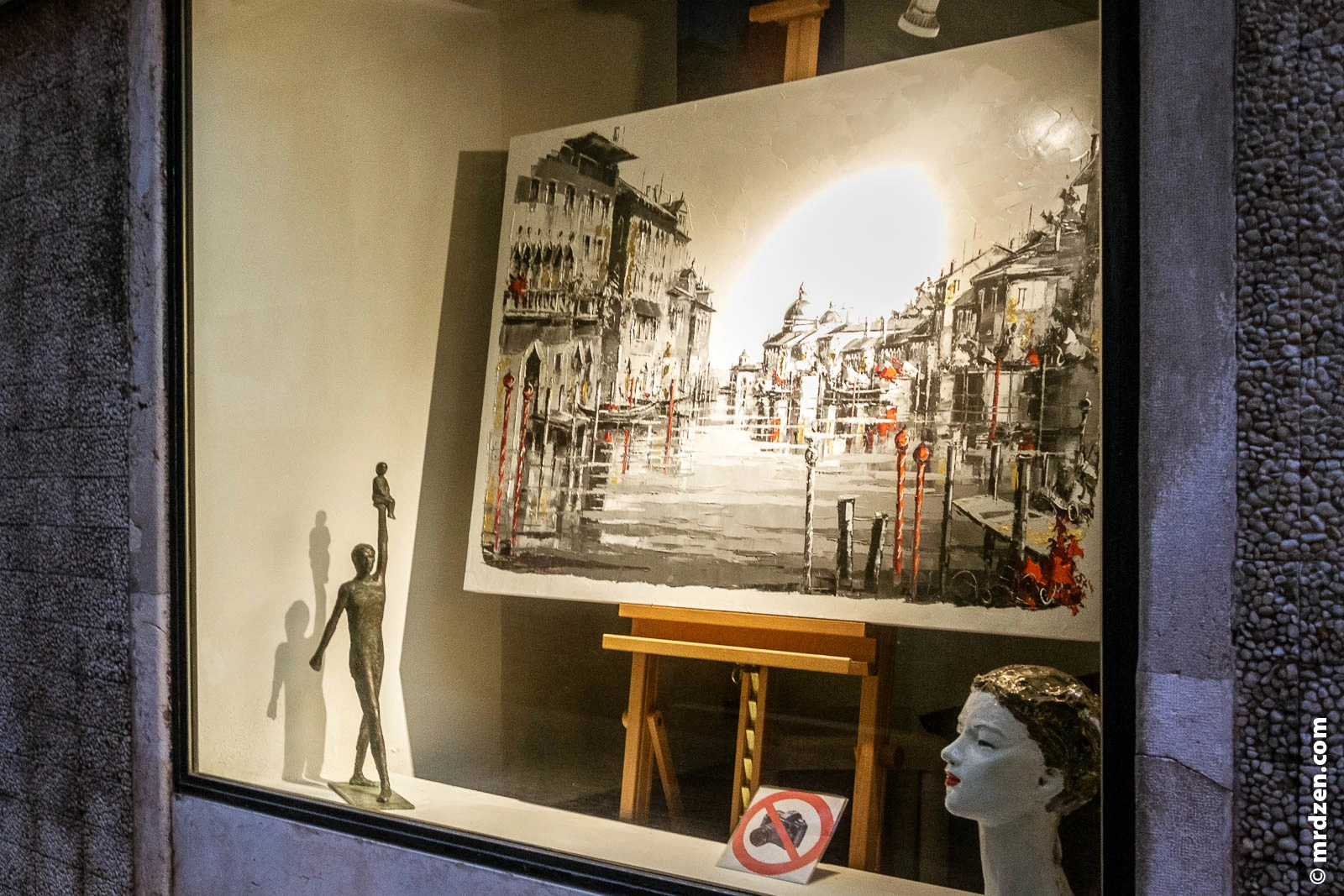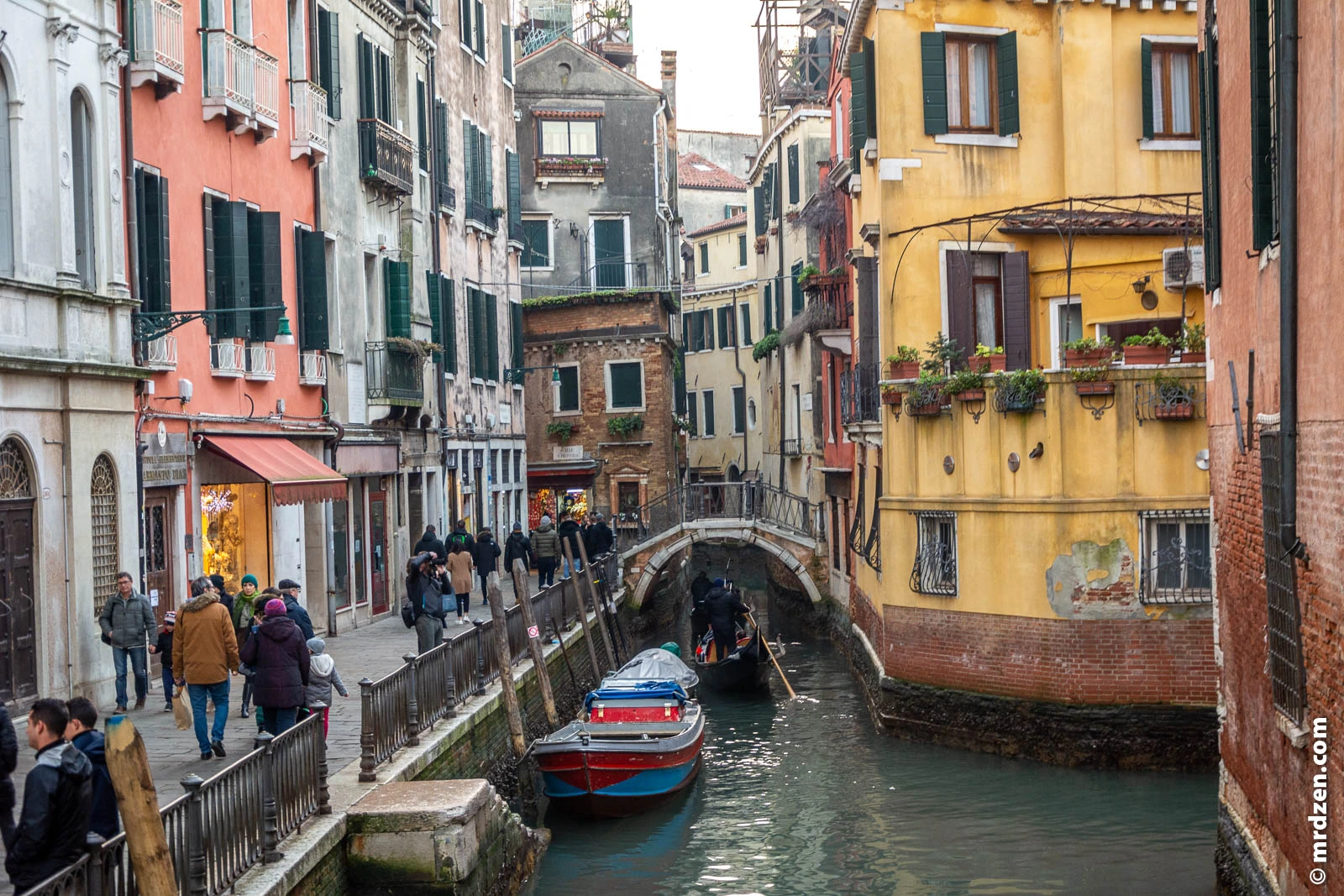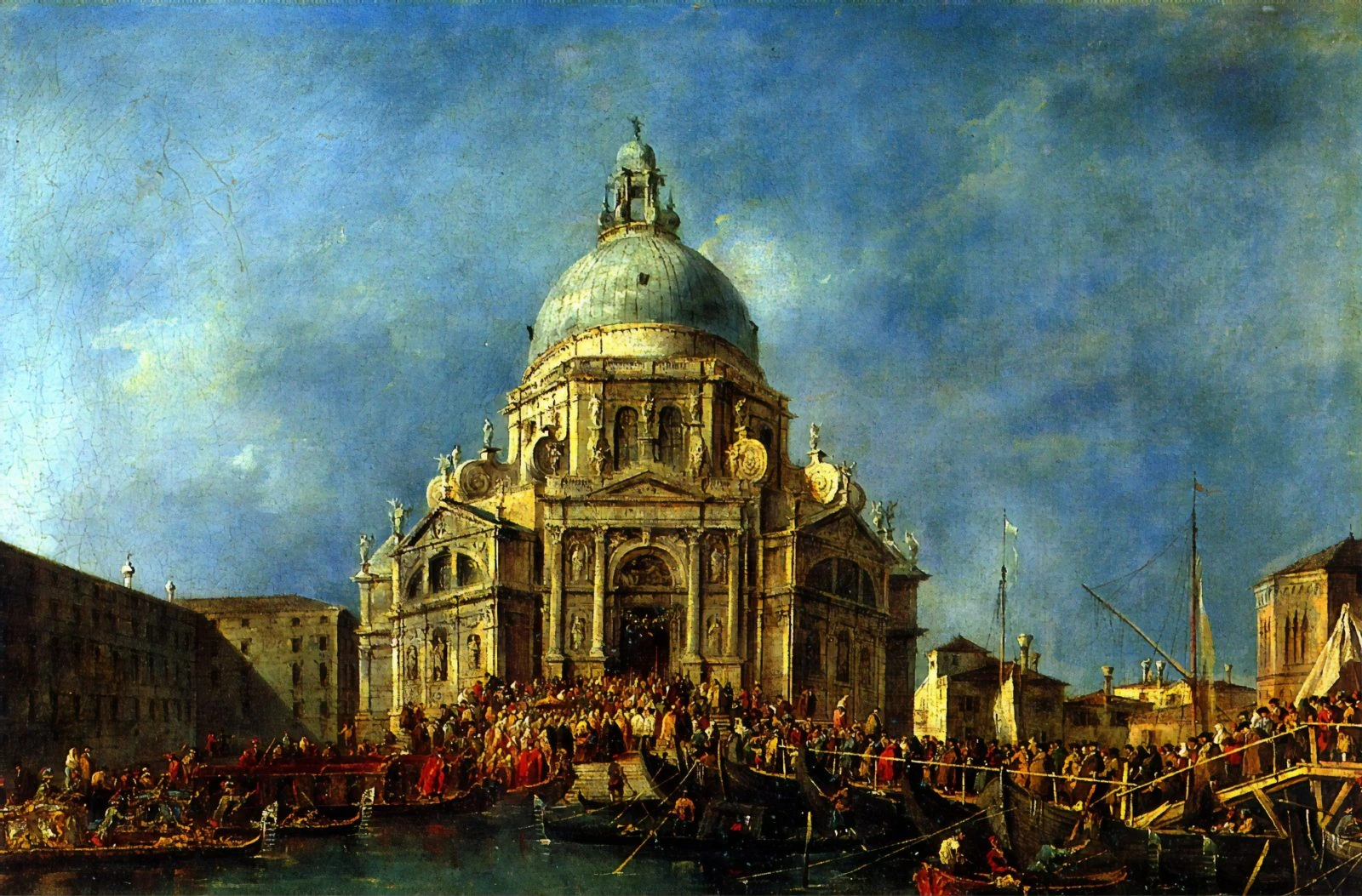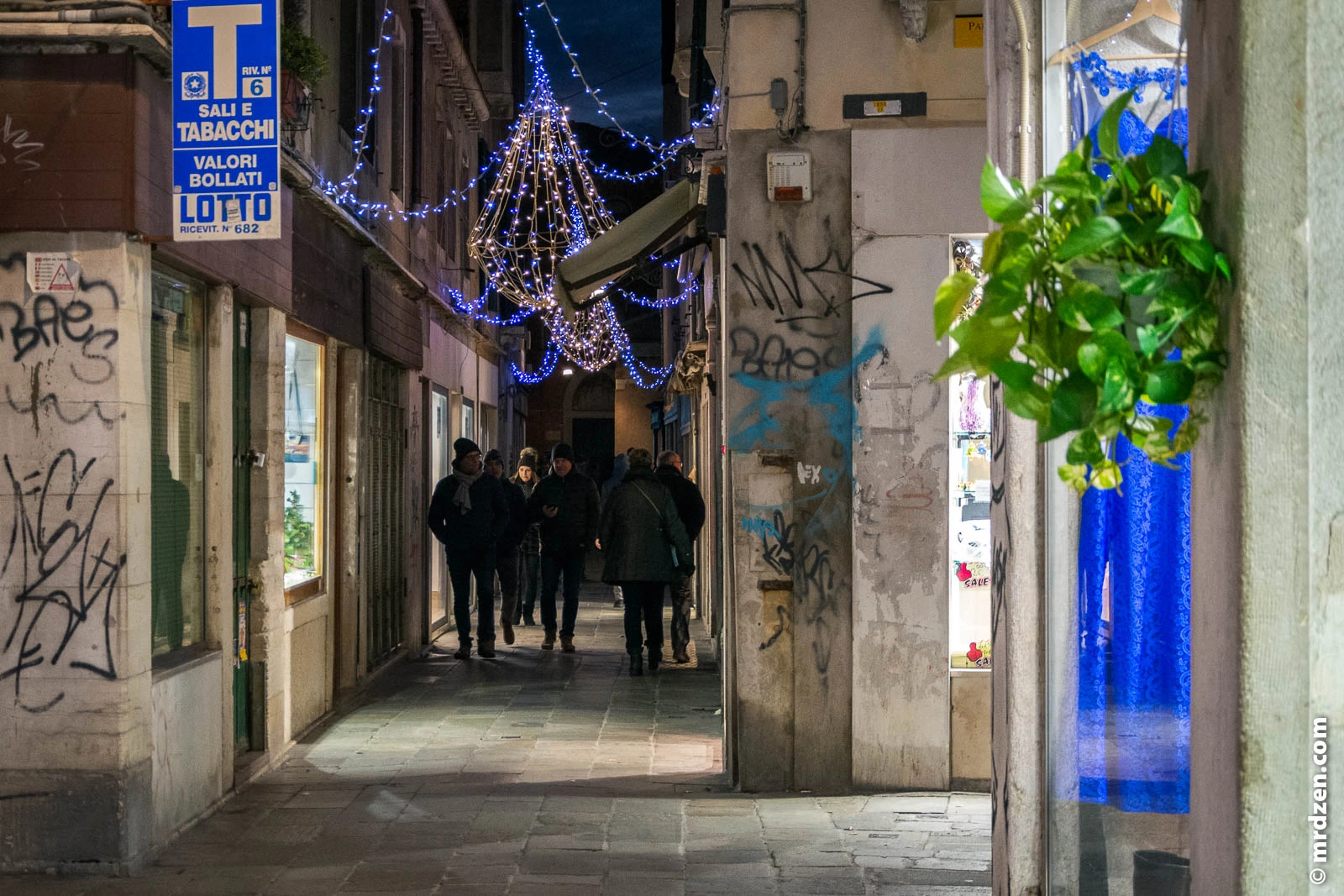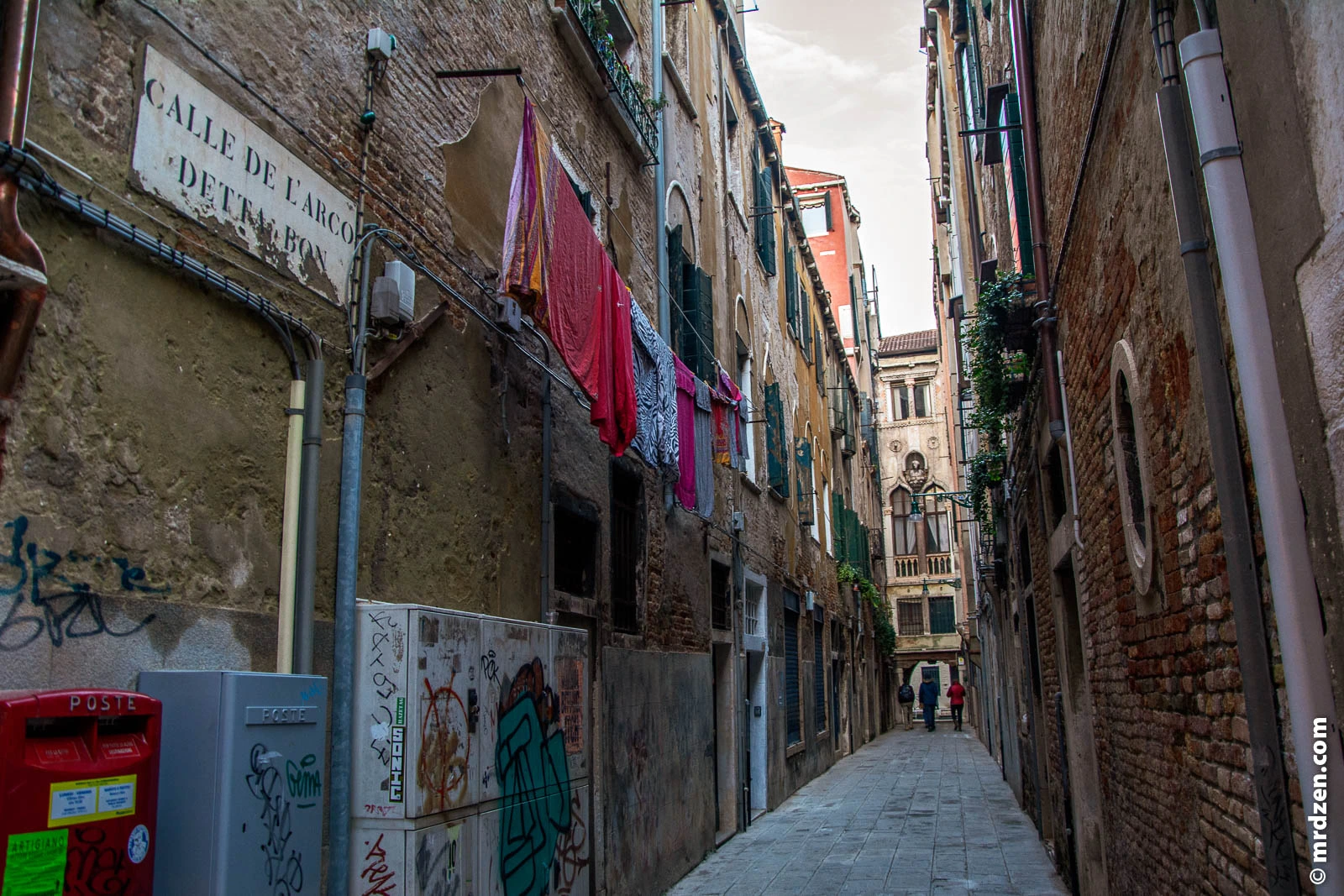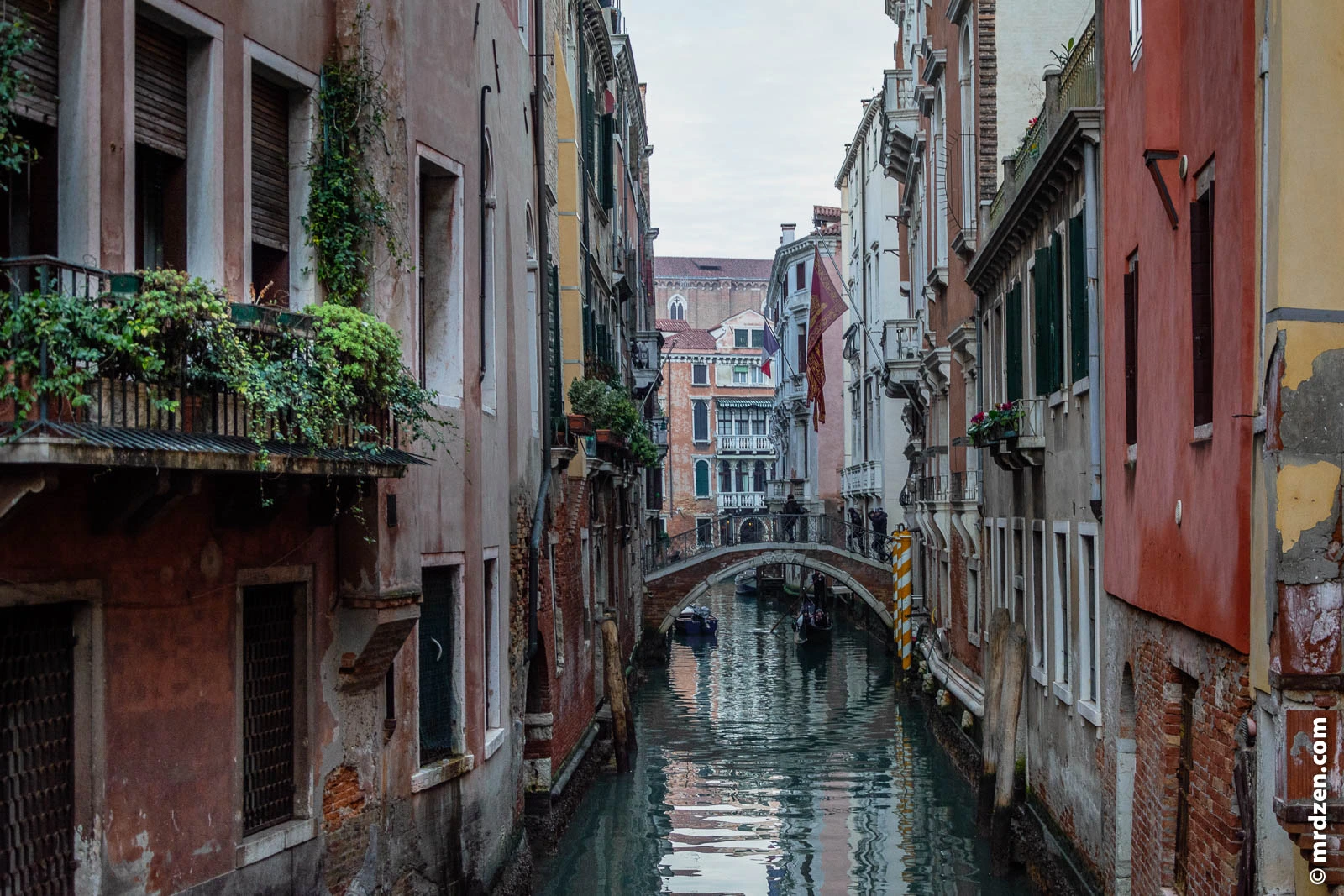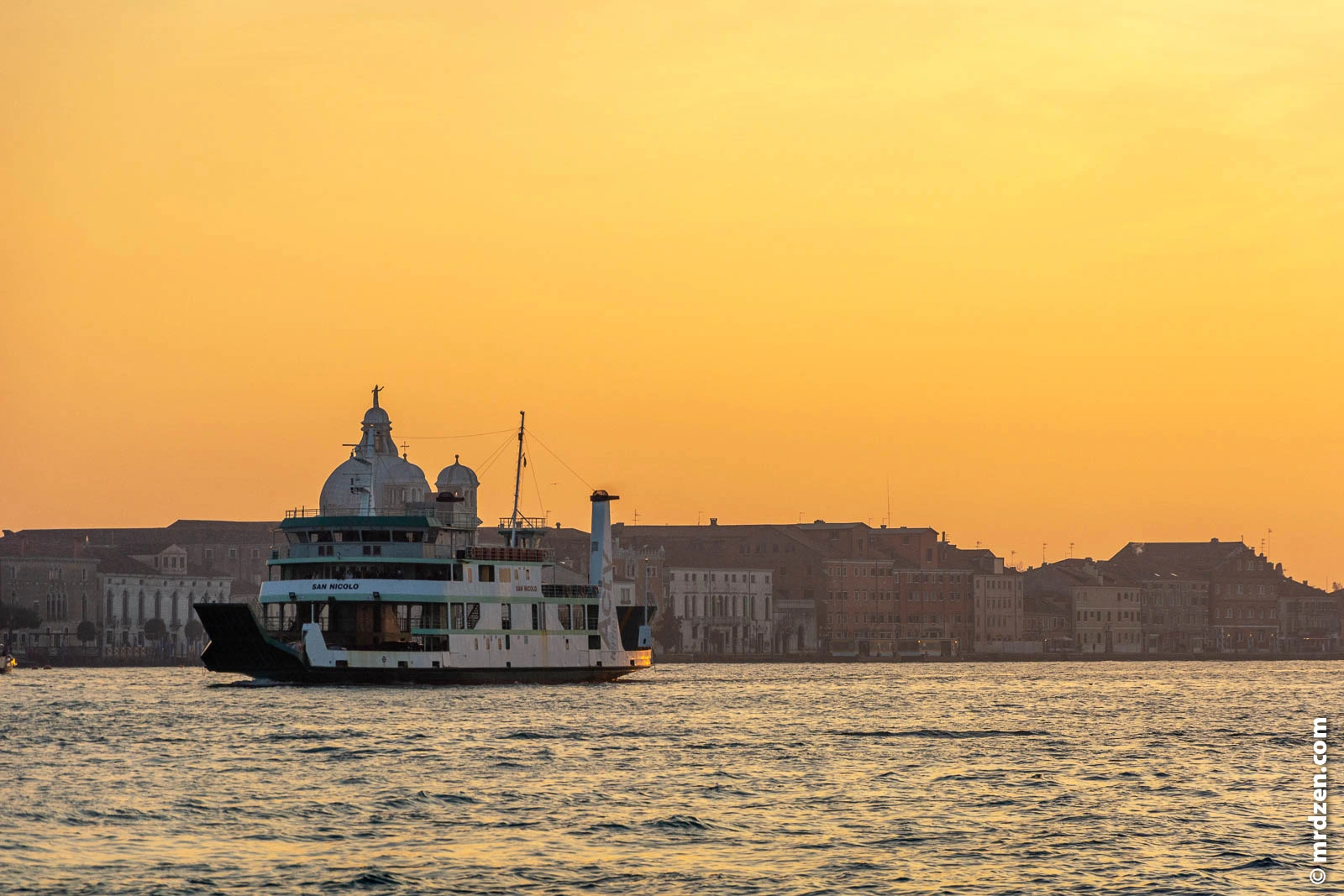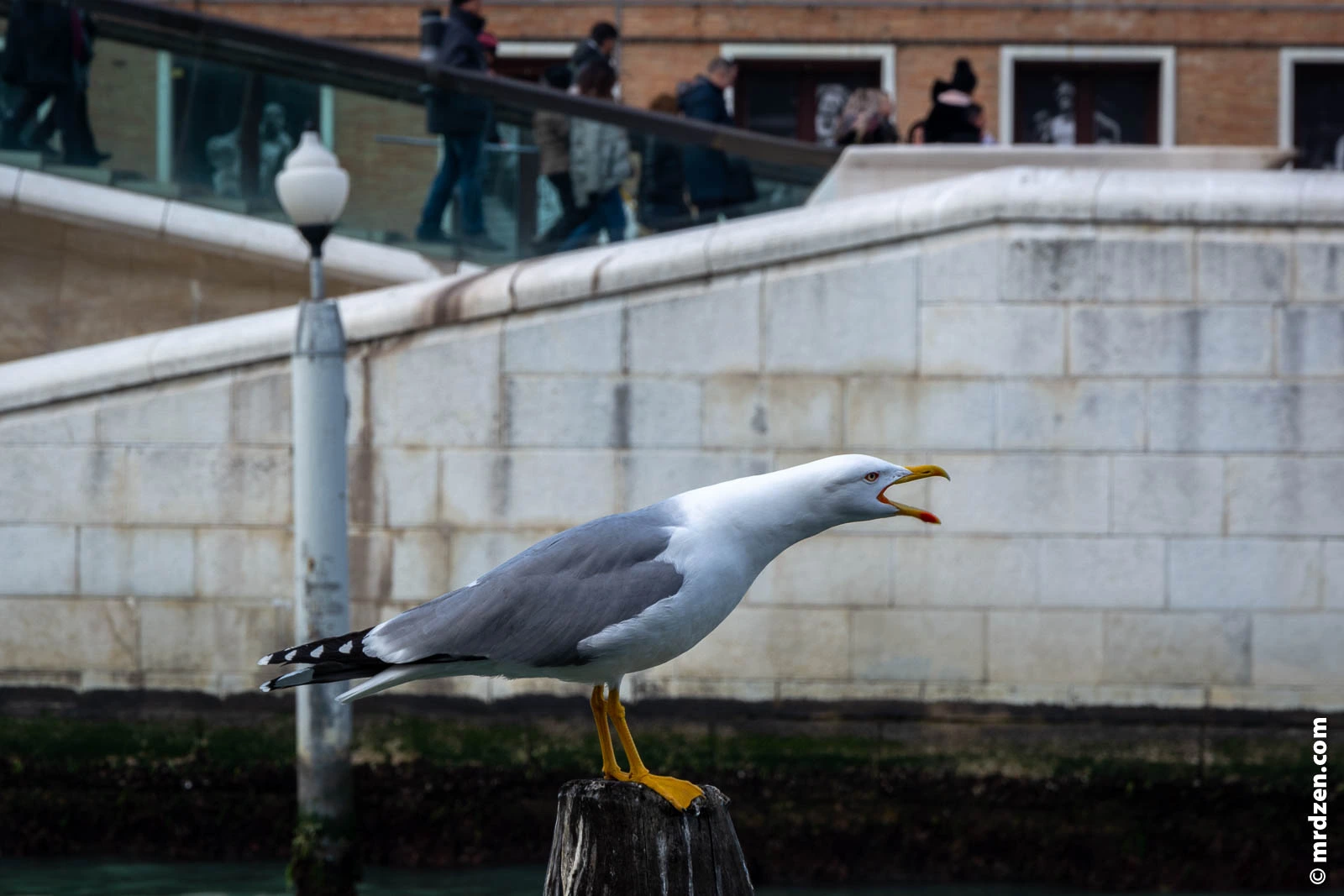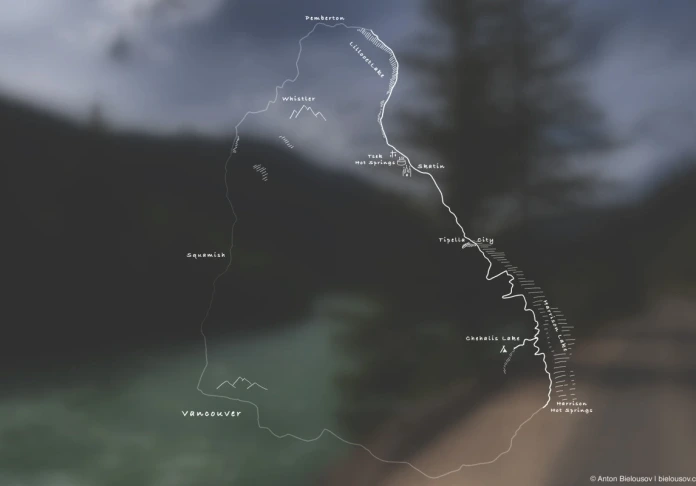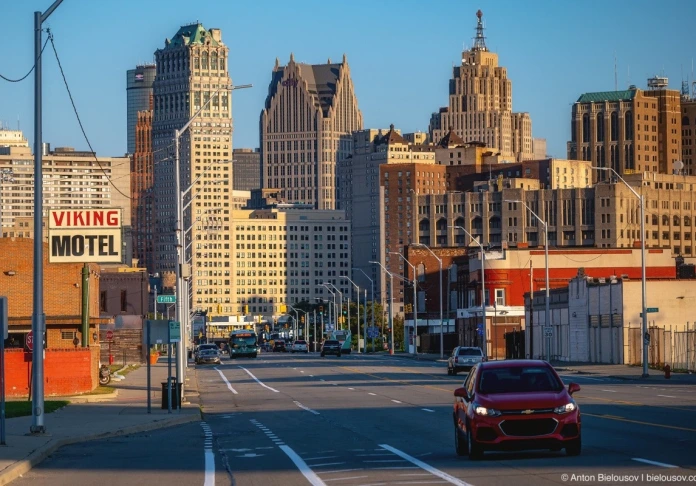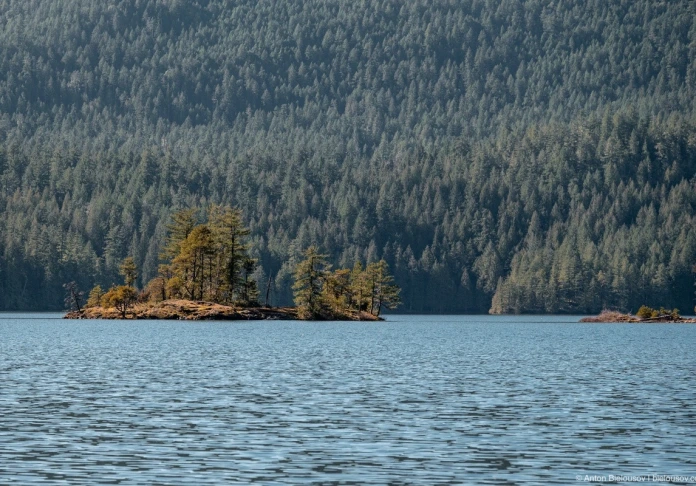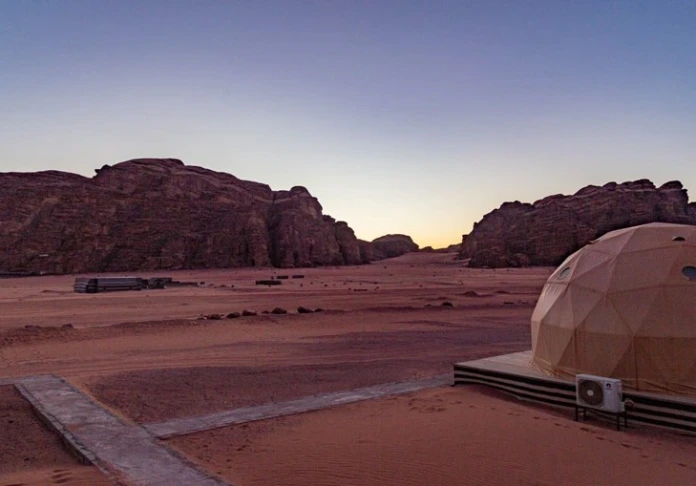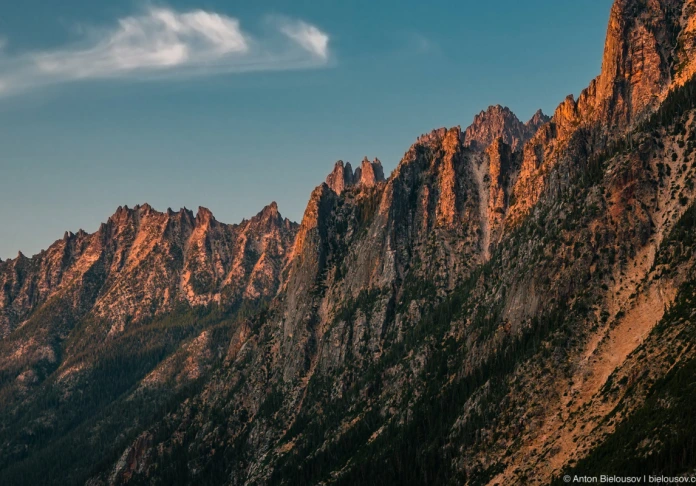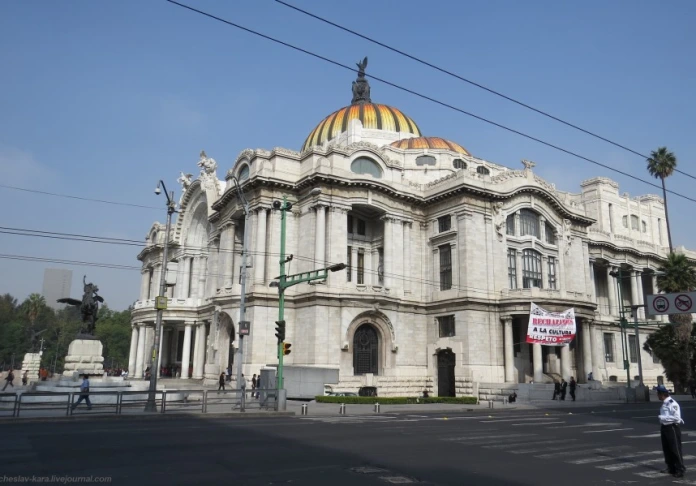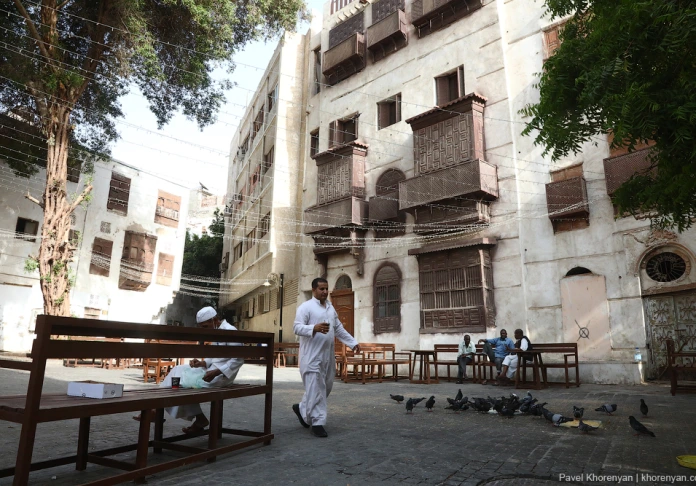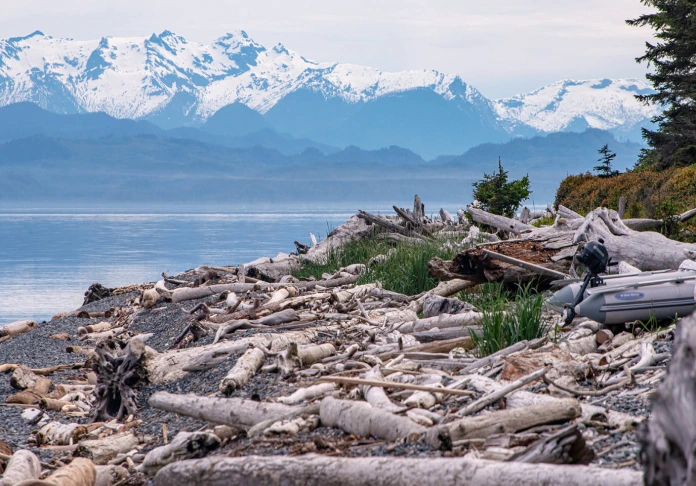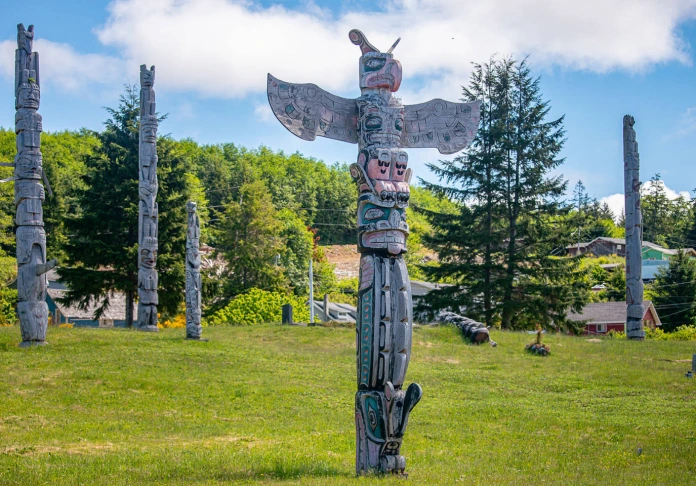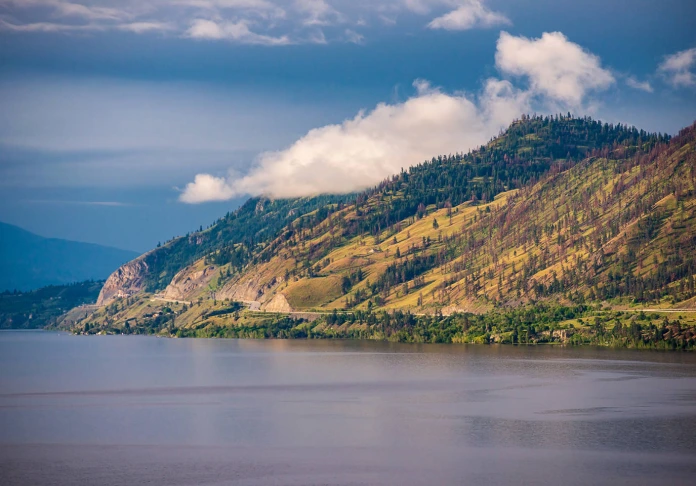Venice has never entered into my Wish list of places required to visit. Raspiarenny creepy place, as a rule must have wild price tags, crowds of tourists and the absence of even a hint of authenticity. But everything changes when they come - the New Year holidays. And then, oddly enough, it turned out that a new start in 2019 in Venice, this is a very good bargain. 01. Venice Images replicated around the world in huge quantities and forms, ranging from books to almost useless reviews of heads and tails. And even though this dominance of spoilers, the city was and remains terribly interesting.
02. The Venice canals is definitely one of the most memorable. On the streets instead of asphalt morko, salt in the air, instead of sparrows and crows - gulls.
03. The history of Venice is not the only and the particular beginning. No stone city wall, outlined the perimeter and smooth growth from the center to the outskirts. And the name of his city was only to the XIII century. There are nineteen vintage titles from Venegia to Venexia.
04. The first mention about the ancestors of the Venetians (Veneti), who inhabited the area surrounding the lagoon, there are Homer and they belong to the VIII century BC
05. Problems with overcrowding surrounding lands at that time clearly did not stand, and move to live in the area was not without infrastructure fools. The impetus for the transformation of the lagoon were the raiding Visigoths, which began in the year 403, and then have a full-fledged invasion longbardov in the VI century.
06. I think that the first refugees from the mainland did not assume that will result in their timid attempt to dump the pesky northern invaders.
07. The plan to build the city on a swamp, and now it seems very ambitious. Absolutely crazy it might sound in the V-VI centuries.
08. However, only a couple of centuries it took to go from the first to the frail wooden huts capital stone buildings.
09. Possessing only a soft and furnaces ground, crumbling Roman Empire, the Lombards and the eternal raids on mainland Venetians great pumped construction technology.
10. To build a heavy stone buildings used foundation of the hundreds driven into the ground wooden logs. They were driven so that they can reach the solid soil layer, providing the desired stability. I put itself on top of the waterproof marble.
11. Even if the building is destroyed (such as a fire, a very frequent event in those days), the strong, not decaying with time, wood foundation can be reused.
12. Yes, there is time to dive into the water of the city, literally tomorrow / next day. But I go around this point the party because of its some speculative and lazy to look for a reputable source.
13. I've been better che thread about these close lanes write.
14. What are all the same they are photogenic!
15. Several reminded Prague: you can simply trite throw the camera down and still get something.
16. preserve the old forms and impressive plans. Even in the medieval paintings can be found familiar angles. As an example, the pre-war urban photograph.
Source: https://pastvu.com/p/465744 17. Differences in the details of course more than a decade, but it is the details ...
18. Venice easily be accused of duplicity. The facade of the palace, or may contain kilos of plaster and stucco.
19. When as a courtyard or the surrounding streets will be modest to outrageous.
20. And in some places even clearly alludes to the need for restoration. "The city is built of brick, but disguised with marble.» © Peter Ackroyd. Venice. Beautiful city (2012).
21. For some reason, bright shades of red and yellow are very popular in the Venetian Builders.
22. Also popular and small courtyards and streets leading to nowhere.
23. This web of streets in a certain degree of secrecy and generates the desired atmosphere. At first it is difficult to navigate in the Venetian maze.
24. In some places feel like a hero in a maze of some of the classic myth.
25. The shortest distance between two points is never a straight line.
26. medieval urbanists have retained the post until today, they likely would be an example of urban organization acted Venice. "If the public esteem of Venice are understood and copied later the city would have planned better» © Lewis Mumford, 1961
27. An example is the transport system where the Grand Canal with a quick movement crosses the smaller network of canals, the movement of which is slower.
28. On the other hand, in the busy traffic of the Grand Canal, completely missing pedestrian crossings! Cross the street only with just four ground crossings 0_o.
29. Take a walk along the main street of the city, too, failed.
30. The only way nasnimat his instagramchik pictures waterfowl remains a local bus (vaporetto) of 7.5. Euro.
31. Here is an injustice, yes ..
32. Pokatushki on the Grand Canal with vidyushek record is a tribute to history. It was here in 1896, a video blogger Alexander Promo first realized vidyushki shooting on the move.
33. Some more fun facts: although in the afternoon with fire you will not find the car, to the glory of local, seasonal winds called several models Folskvagena and Maserati (Scirocco and Bora).
34. At its narrowest point the Grand Canal is a huge ground-span pedestrian crossing - Rialto Bridge. In combination also the oldest bridge.
Source: https://pastvu.com/p/261929 35. A number of finance for the construction of the bridge has been earned through many citizens addiction to gambling. In 1590 all funds from the municipal lottery went to the construction of the bridge.
36. According to one of the thousands of legends, the devil, walking across the bridges and streets of the city Troll mason who built the Rialto Bridge, maintaining that no one will be able to build such a broad stone arch. Then, however, he offered to help in exchange for the soul of the first who will pass over the bridge. It appeared to be a little boy bricklayer. Curtain )
37. Commerce - is something that was in the course of the Venetians in the blood. Therefore, in such a pass-through location as the only (at that time) bridge over the Grand Canal is not surprising that there are two rows of shops and stalls in his entire twenty-meter length from the moment of its construction.
38. It is believed that the spirit of the modern economy has grown from urban trade experience. Society consumption and buyers formed in these streets.
39. The area of Rialto is almost synonymous with trade and markets. Perhaps to a lesser extent today than a couple of centuries ago.
40. The combination of religion and trade contributes some dissonance in history. Nevertheless, the heart of the shopping Rialto was the church of San Giacomo di Rialto. The oldest church in the city. Especially after he survived in a fire in 1513, when burned almost the entire island of Rialto.
41. Carpets Alexandria, caviar from Kaffa, Kashmiri shawls, slaves from the Black Sea region and Greece - all of this is you can not buy in the modern Venice. The range of goods today are much more modest.
42. Manufacture of glass, an area that has survived and is still successfully exchanges its products for money. At least so it seems at the price tag.
43. Venetian glassmakers as IT specialists in Belarus, played far the most important role in the city's economy. They were even given a separate island of Murano. And any worker who had fled to the mainland, tracked down and returned back, holding preventive talks about the importance of keeping trade secrets.
44. But the fish market, which is very quickly recognized by the characteristic odor resistant, kind of like trying to cover up even (evening essno fresh fish demand does not use).
45. In addition to the work of glassblowers, painting is also very important sphere. And the Venetian painters active material borrowed from the masters of glass cases. They are small pieces of glass mixed with their colors to convey the shimmer and transparency in their work.
46. Actually, standing on the water like a city created specifically for him portrayed in paintings and engravings.
47. For the vast majority of cities were part of the natural world, adapted to the local landscape. While Venice was almost entirely artificial creation from the beginning.
48. It is not surprising that local fotoblogery often greater emphasis on the environment and architecture than on the actual residents.
49. Complaints "and the couple on the canvas looked better" plan, appeared about the same time.
50. Venice is still a city of stone.
51. Ryskov by a maze of streets, it is easy to forget one small fact ...
52. What actually are, in fact, in the midst of the sea.
53. And the local animals here relevant.
